Roger Staubach's journey from Cowboys star QB to real estate mogul

This story appeared in the October 13, 2014, issue of Sports Illustrated. Subscribe to the magazine here.
Captain Comeback loves him some Johnny Football. The pair filmed a Nissan commercial recently, as roommates inside a space divided. The pristine half belongs to Roger Staubach, the Cowboys’ quarterback turned grandfather and real estate mogul. The cluttered half belongs to Johnny Manziel.
Women surround the Browns’ rookie QB as he flashes his signature money sign. Staubach sips tea in his Navy dress blues as a football plunks the man next to him in the head. “Sorry, dude,” Manziel says, and the party rages on.
The joke is in the contrast between two Heisman Trophy–winning quarterbacks. Staubach never partied much. He was named the MVP of Super Bowl VI, but when offered the prize of a Dodge Charger, he asked for a station wagon instead. Then, at the height of his celebrity, he drove it for five years.
Staubach met Manziel last season when Manziel, then at Texas A&M, happened to be in Dallas and stopped by Staubach’s luxury suite at AT&T Stadium. Staubach did not tell Manziel his Playboy story. It was 1963. He had just won the Heisman while at the Naval Academy, and to celebrate he went to the Playboy Club in New York City, certain that someone would whisk him inside the velvet ropes. No one even recognized him.
Despite their differences, Staubach and Manziel found they had much in common. Staubach talked about being a scrambler, and how that drove his ornery Dallas head coach, Tom Landry, nuts. He and Manziel compared stories about the Heisman, their comeback victories and their deep Texas connections.
Staubach, 72, didn’t need to mention the millions he banked after football, or flash the gesture Manziel made famous. Forbes recently named Staubach the -highest-paid retired NFL player, with $12 million earned last year. “I don’t know about all that,” he says, a tad embarrassed. “It’s work.”
Johnny Football, meet Roger Real Estate.
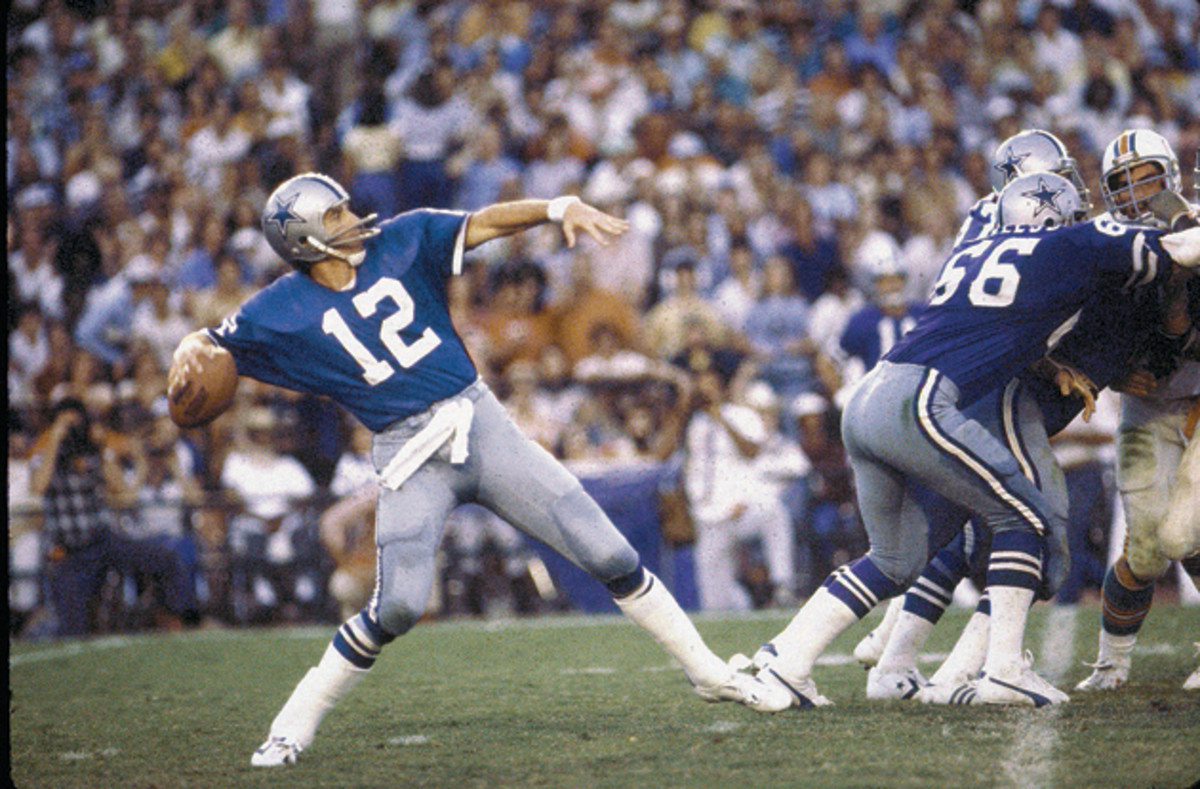
Inside a corner office at the commercial real estate firm JLL in Dallas, there are few reminders that the occupant played football. It’s not that Staubach disdains the sport; he’s a fan who still attends every Cowboys home game.
But Staubach long ago moved on. He can still remember the concussions, though, or at least the way they were explained to him: the ones at Purcell High outside Cincinnati, in college at Navy and in the NFL, maybe 20 total if you count what were called “dings.” L.C. Greenwood delivered one, and so did Dave Robinson and Ray Nitschke. In Staubach’s last game, against the Los Angeles Rams in 1979, Jack Reynolds, a linebacker everyone called Hacksaw, bounced his head off the turf like a basketball dribble. Staubach threw one subsequent pass, to an offensive guard.
Staubach had his first CT scan after that, and the doctor recommended he retire, so he did. This despite an offer from Tex Schramm, the Cowboys’ general manager, to play the next two seasons at $750,000 annually -- among the highest salaries in the league back then.
That was it: 11 NFL seasons, all with Dallas; six Pro Bowls; five NFC titles; two Super Bowl triumphs; an MVP award -- all precursors to his Hall of Fame induction in 1985. Not bad for a quarterback who did four years in the Navy, served in Vietnam and made $25,000 as a 27-year-old rookie in 1969.
NFL Cheerleaders: Week 5
Indianapolis Colts
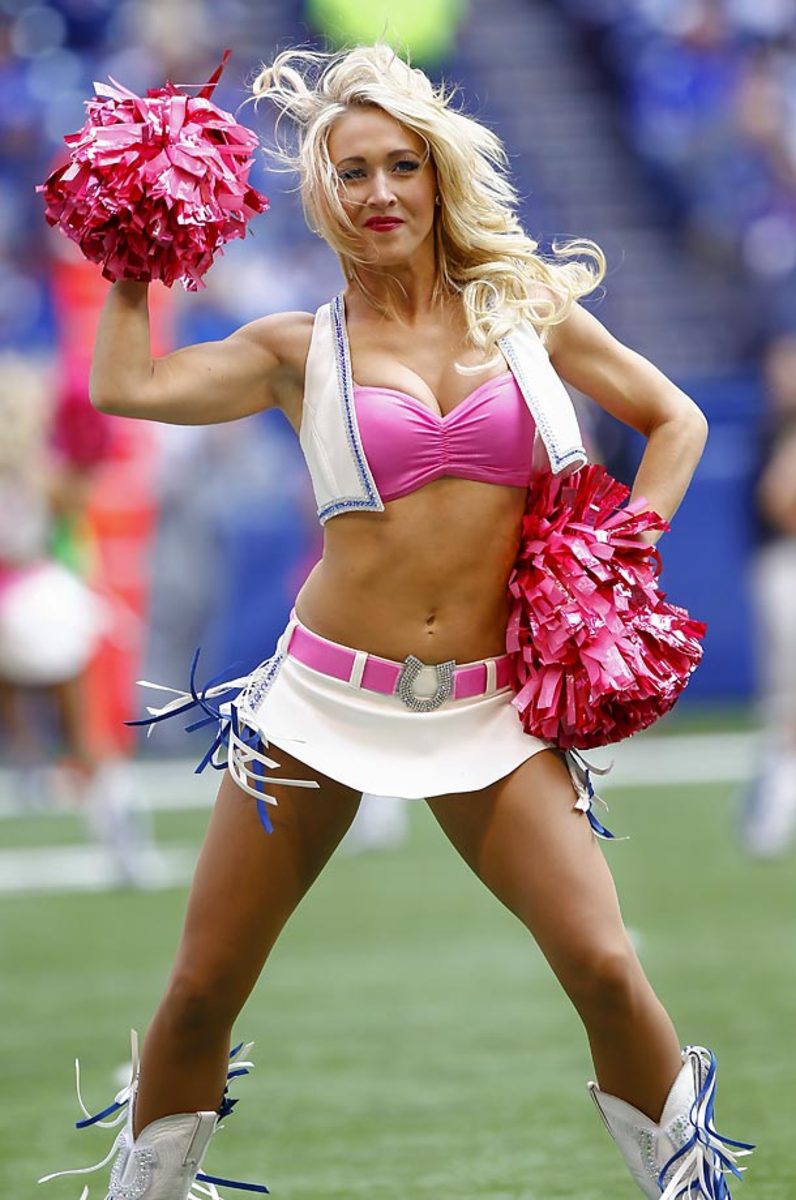
Indianapolis Colts
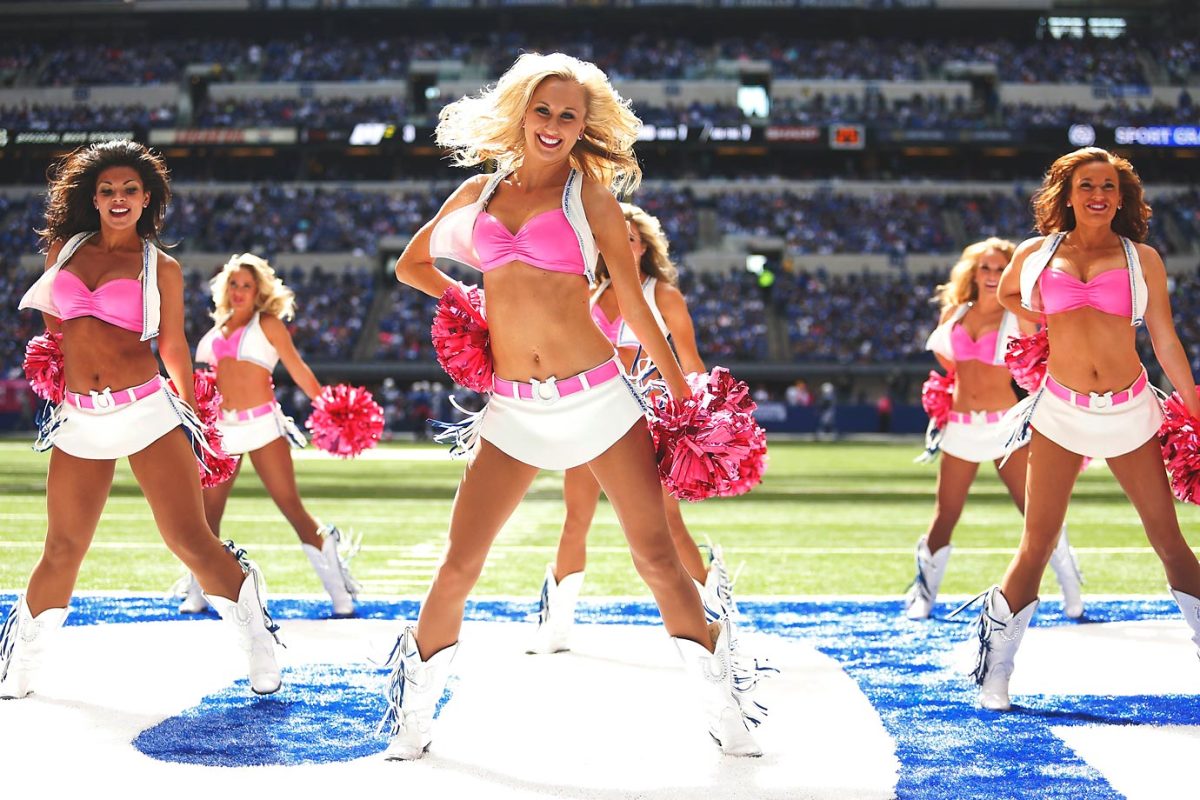
Indianapolis Colts
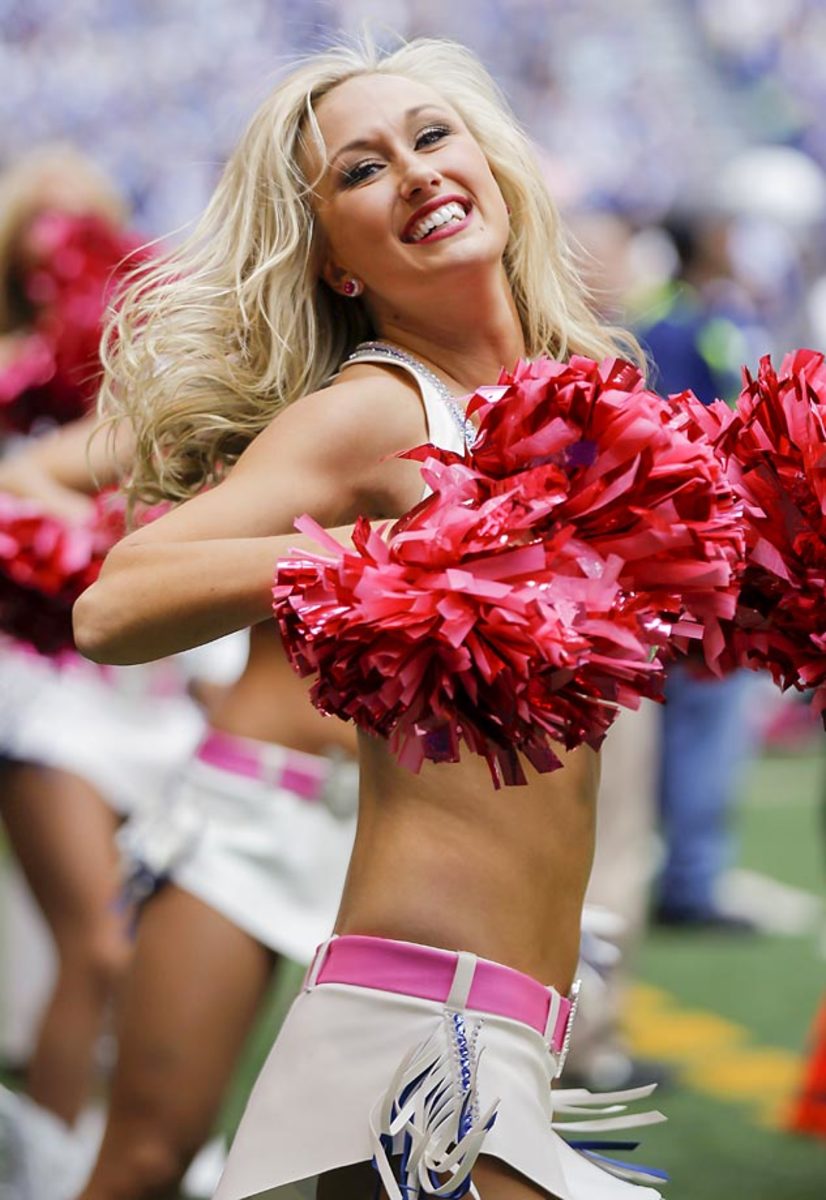
Indianapolis Colts
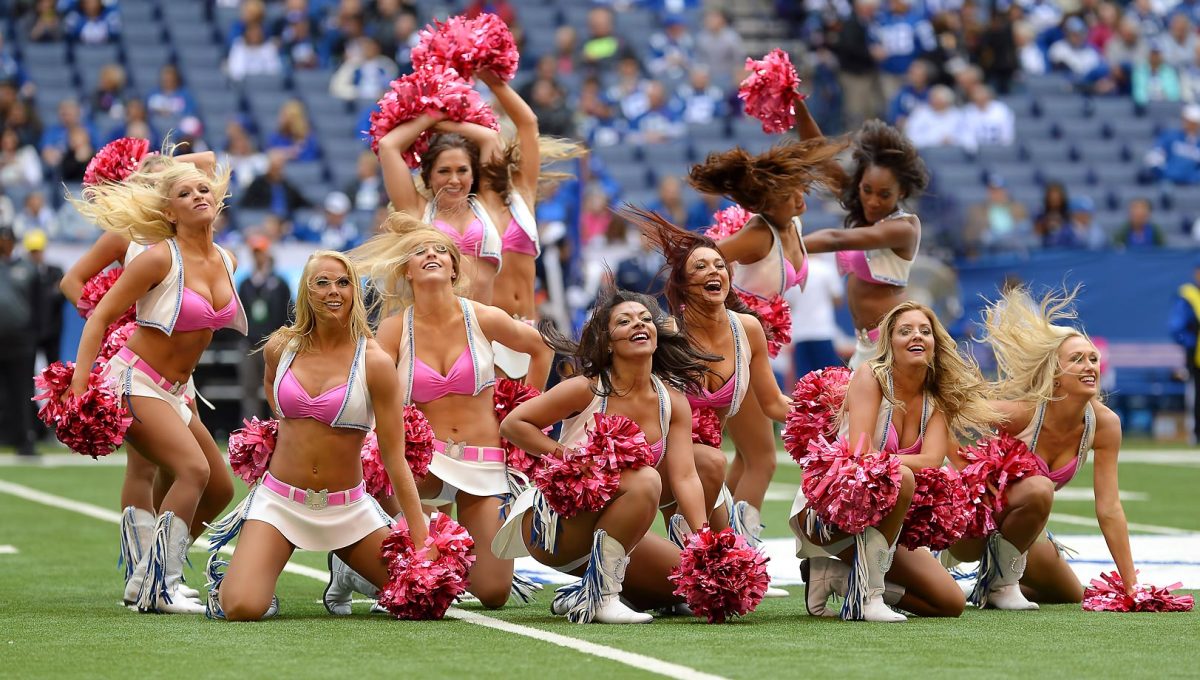
Indianapolis Colts
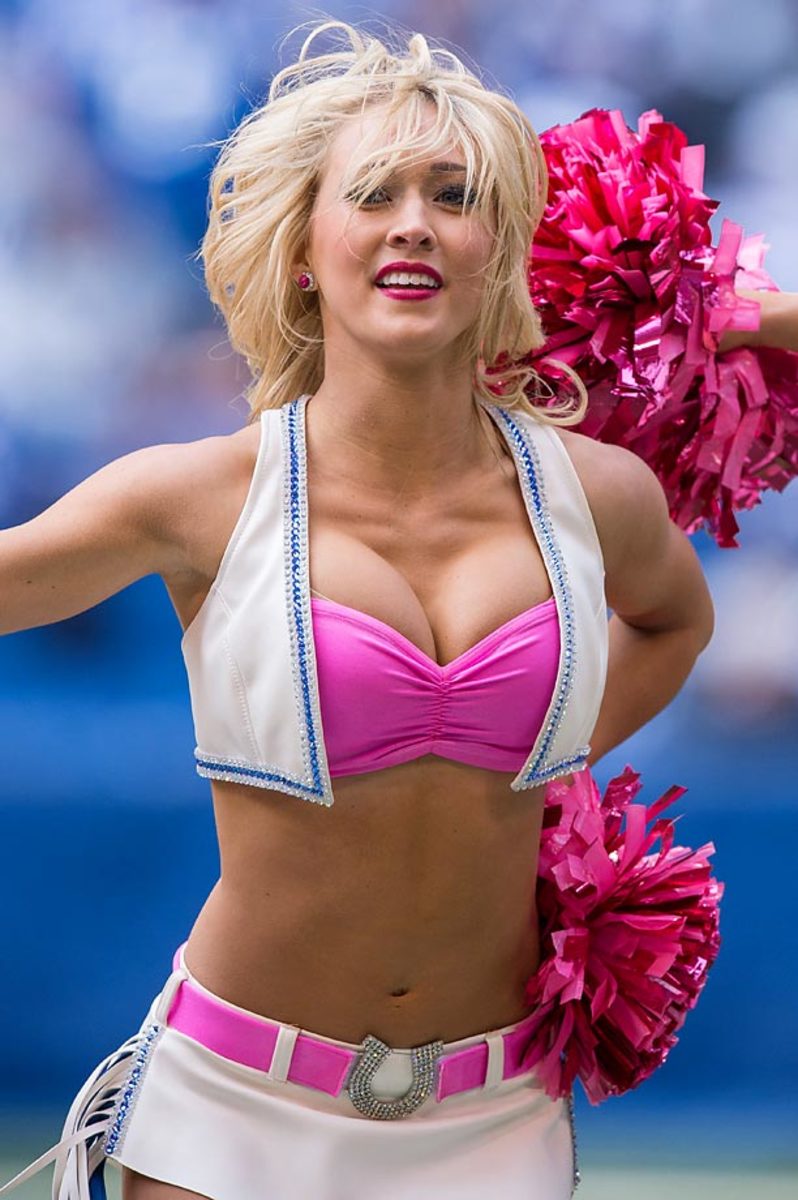
Indianapolis Colts

Indianapolis Colts
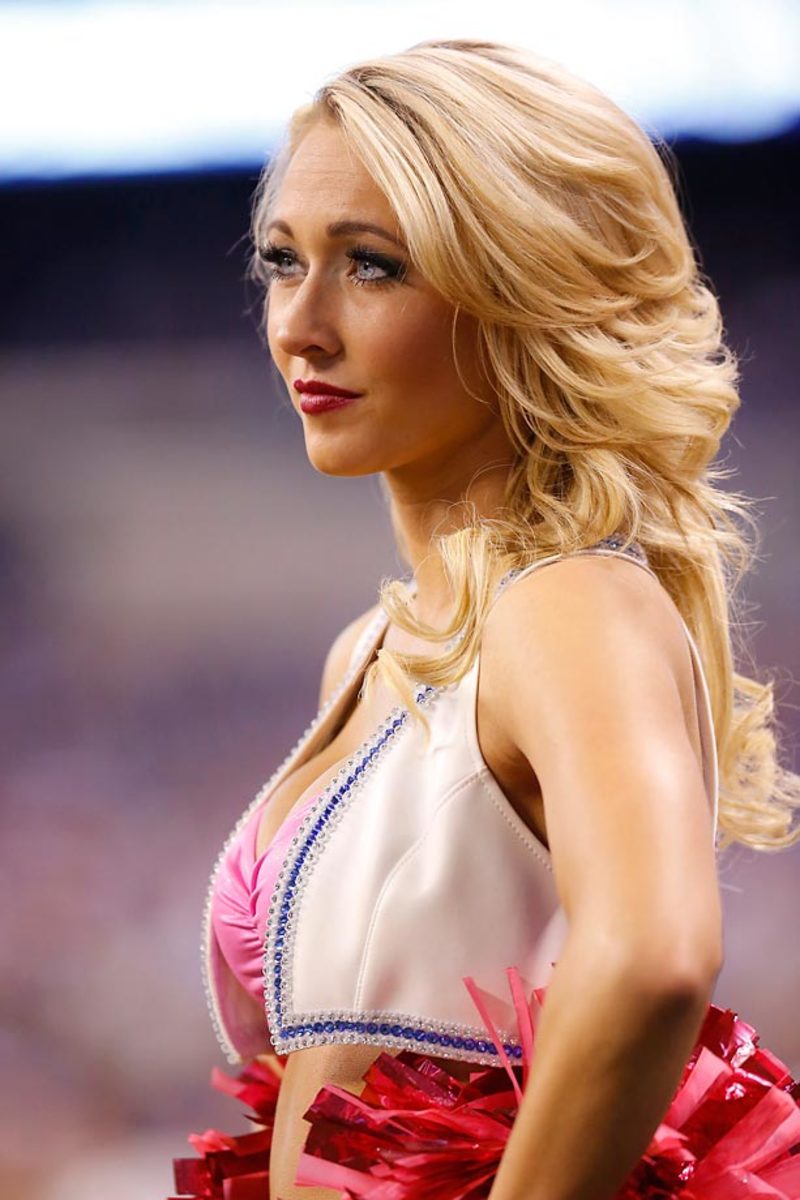
Indianapolis Colts
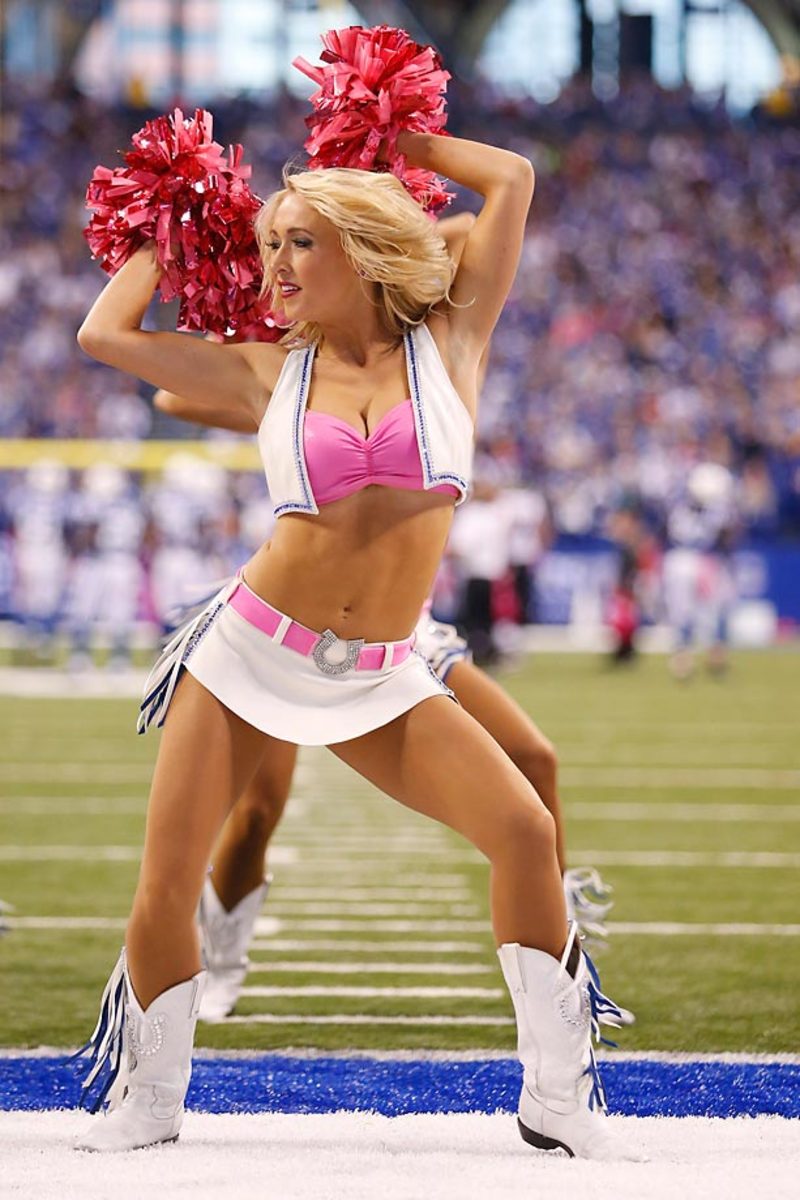
Indianapolis Colts
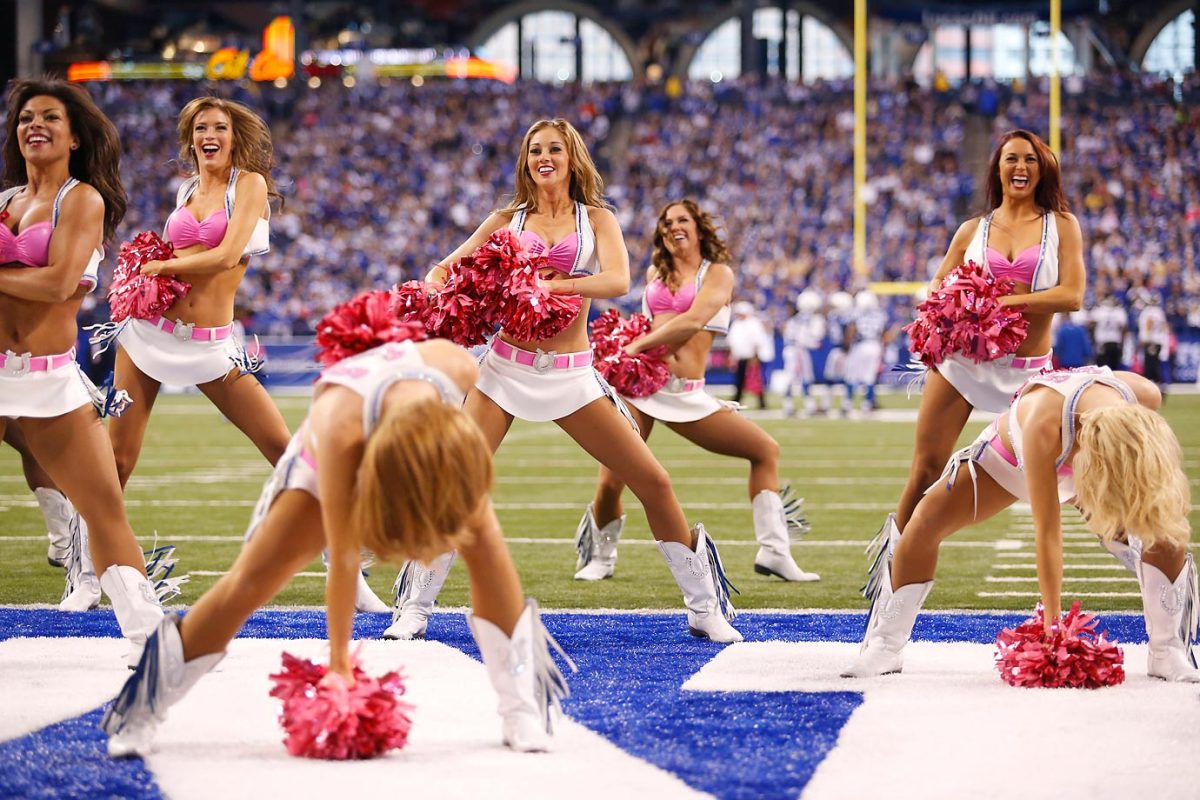
Indianapolis Colts

Indianapolis Colts
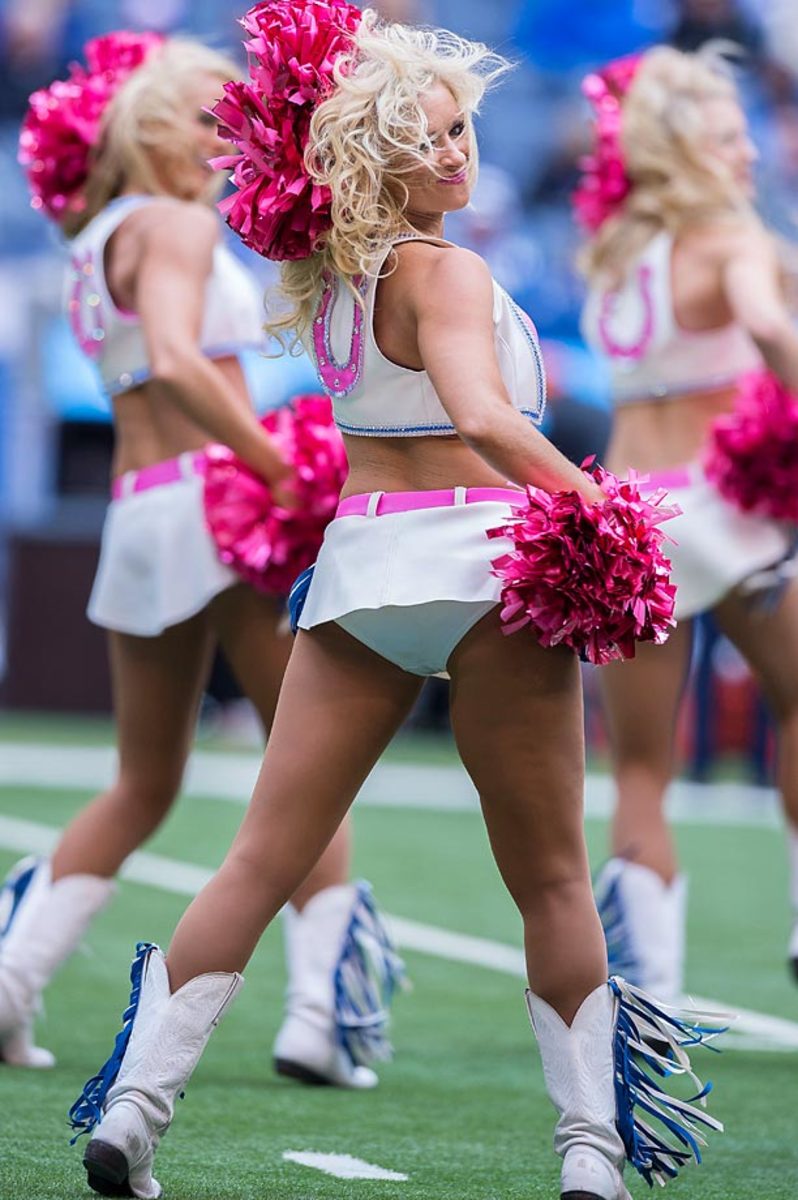
Indianapolis Colts

Indianapolis Colts
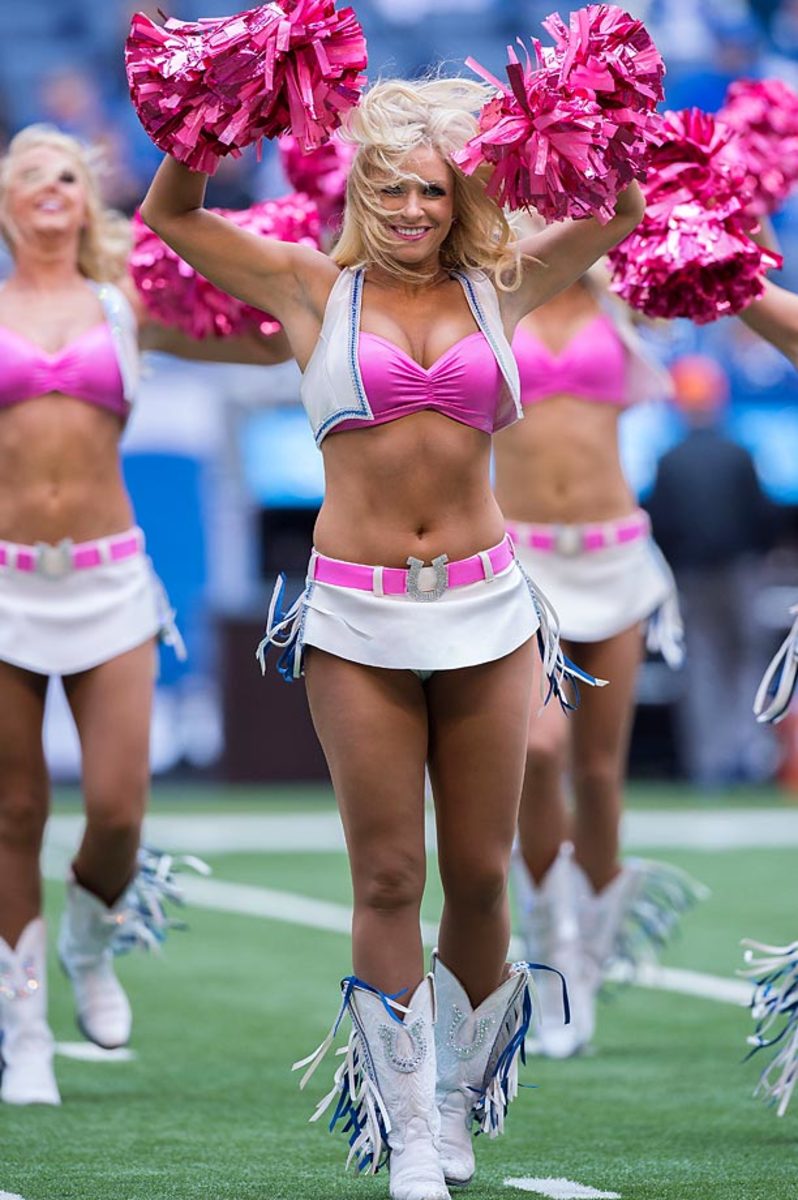
Indianapolis Colts
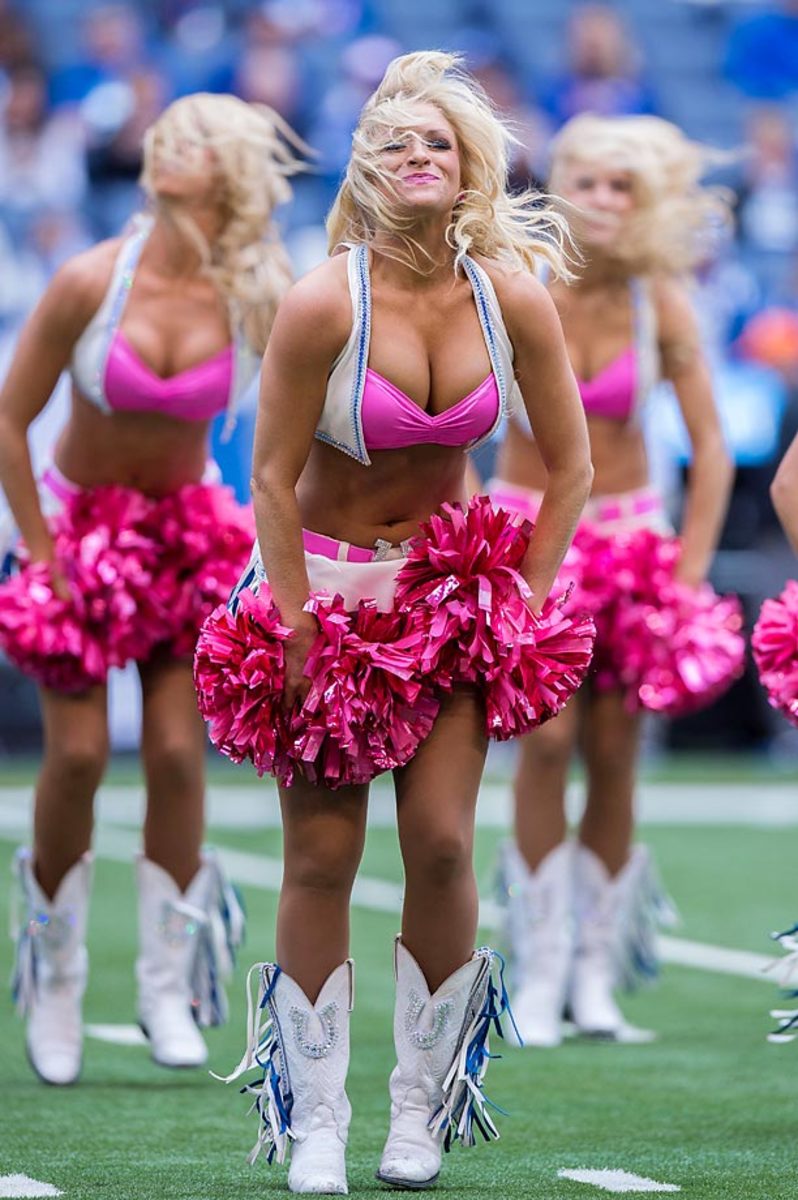
San Diego Chargers

Charger Girls
Dallas Cowboys
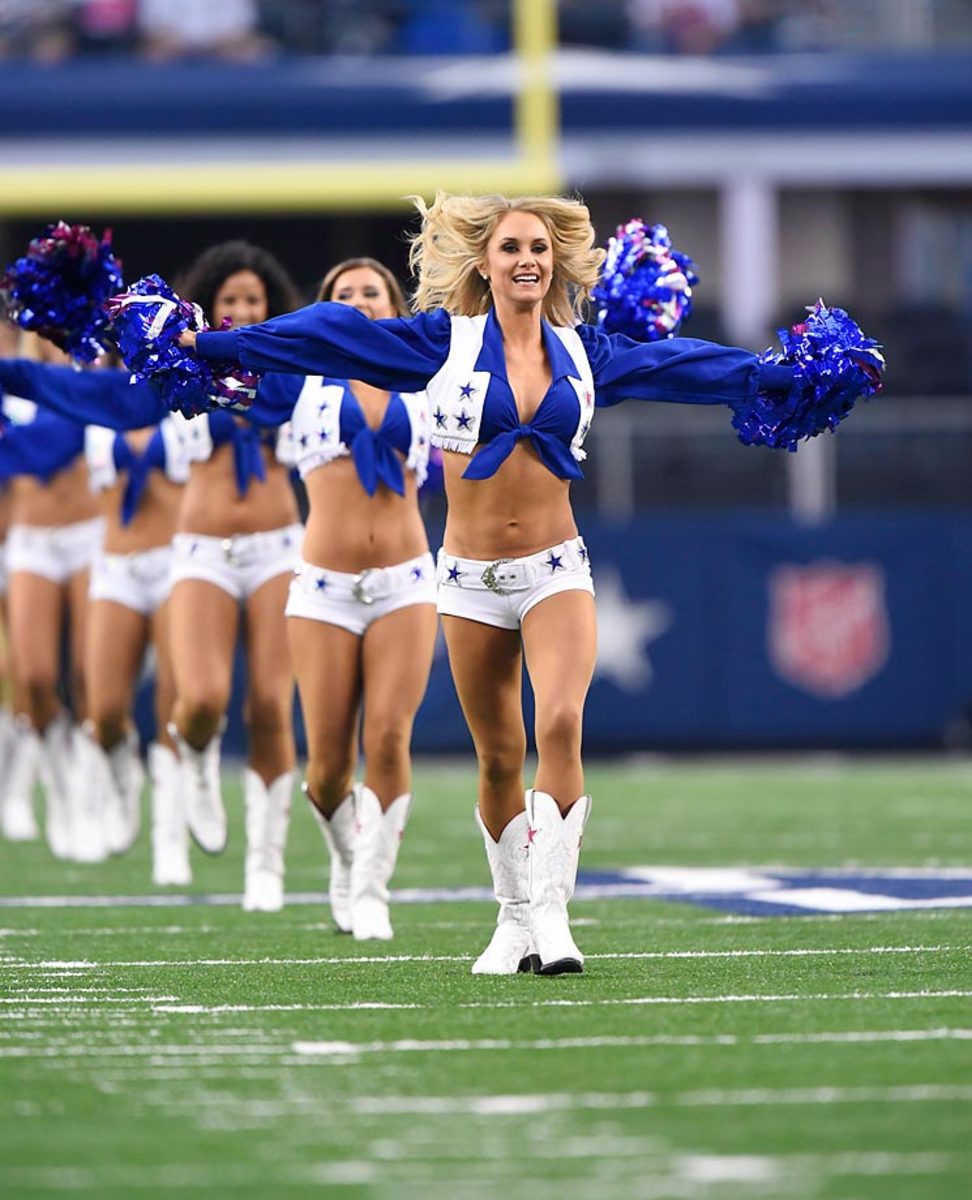
Dallas Cowboys
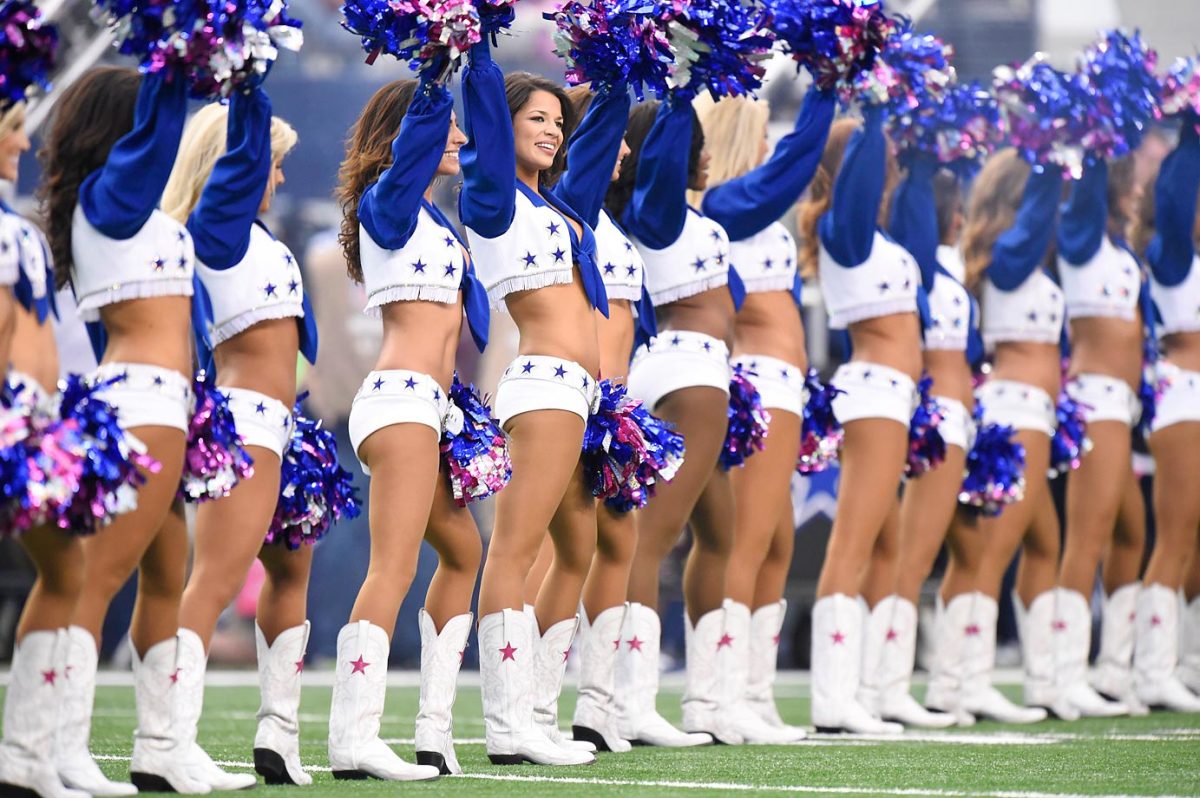
Dallas Cowboys
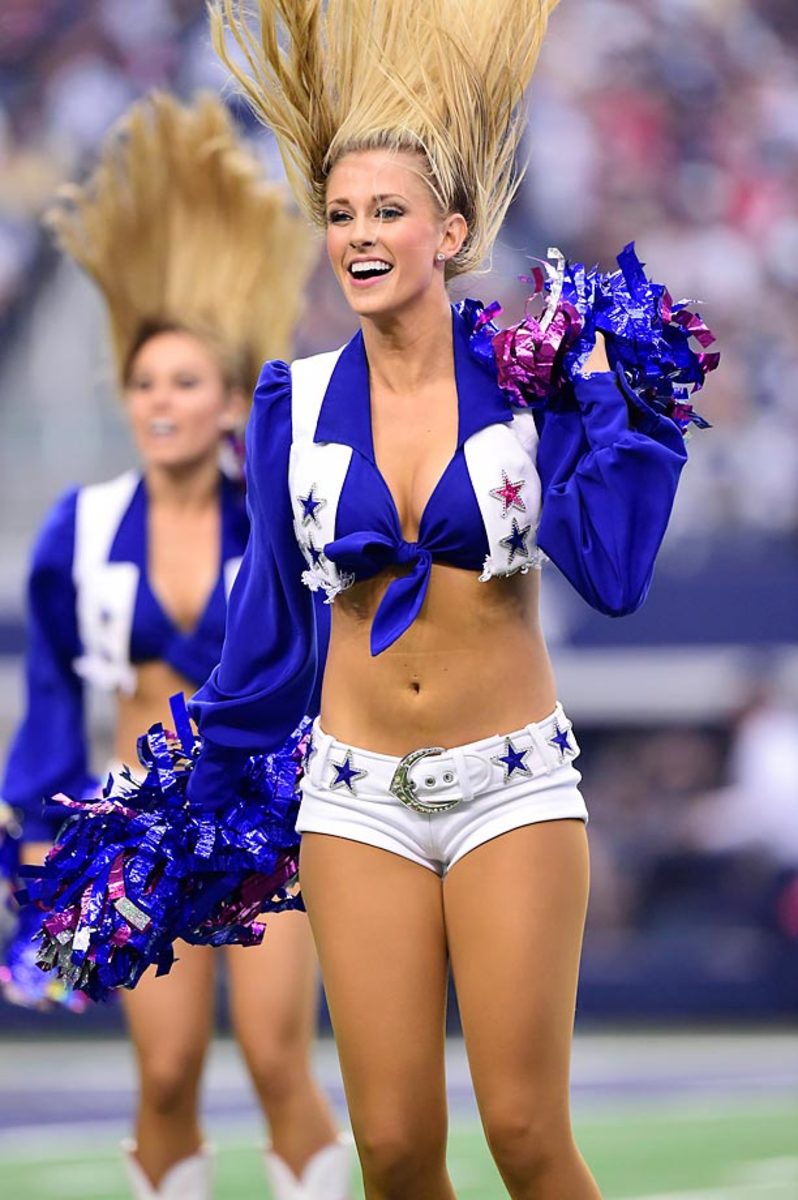
Dallas Cowboys
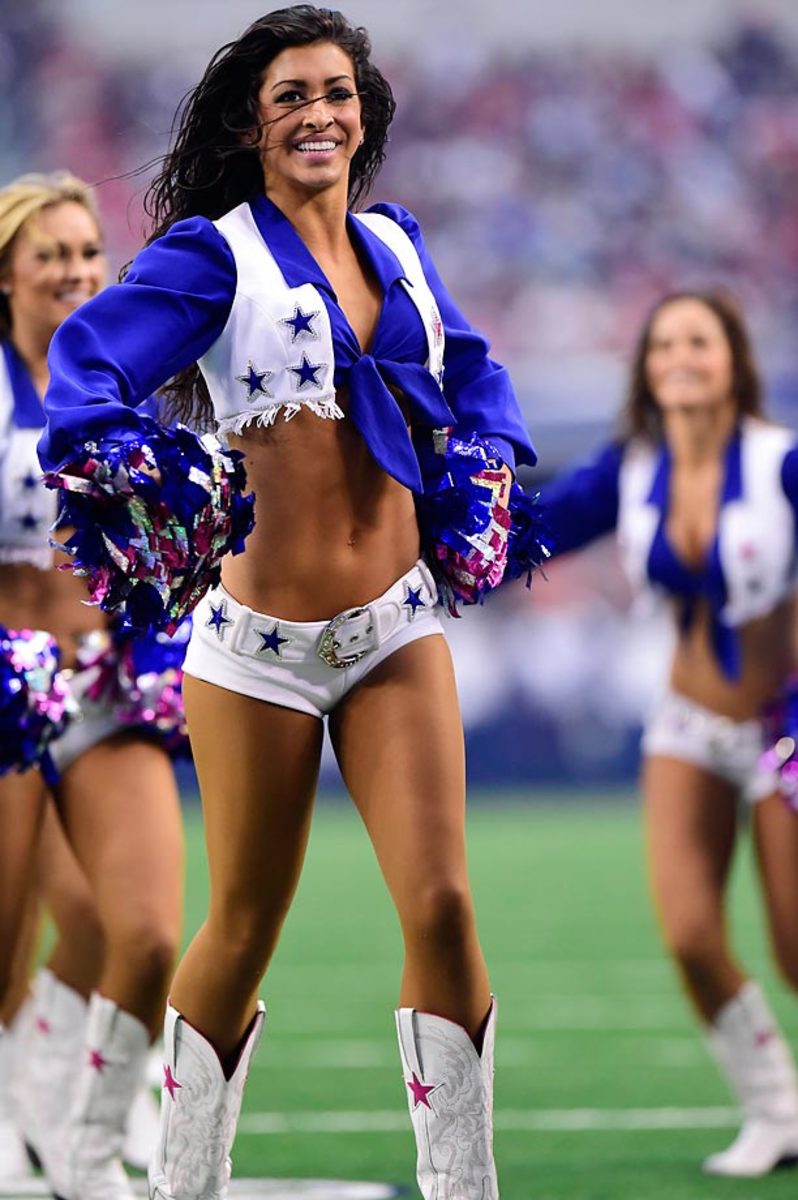
Dallas Cowboys
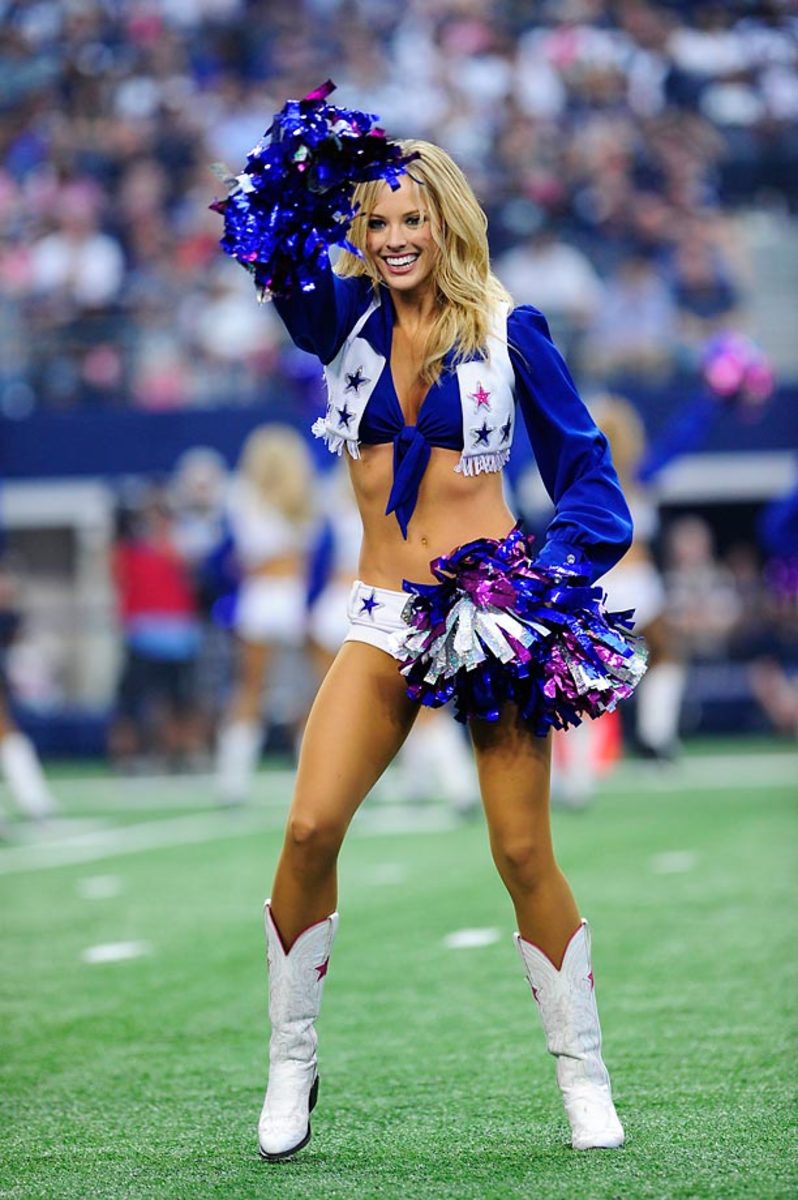
Dallas Cowboys
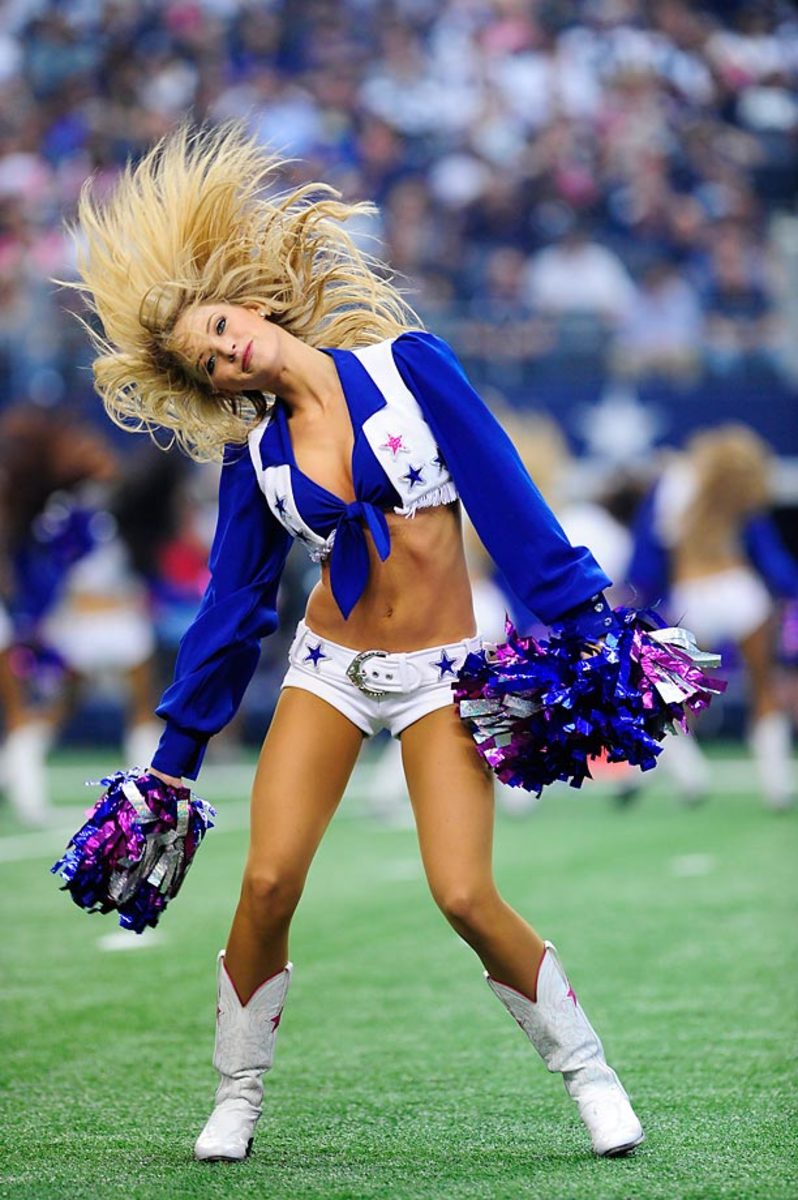
Dallas Cowboys
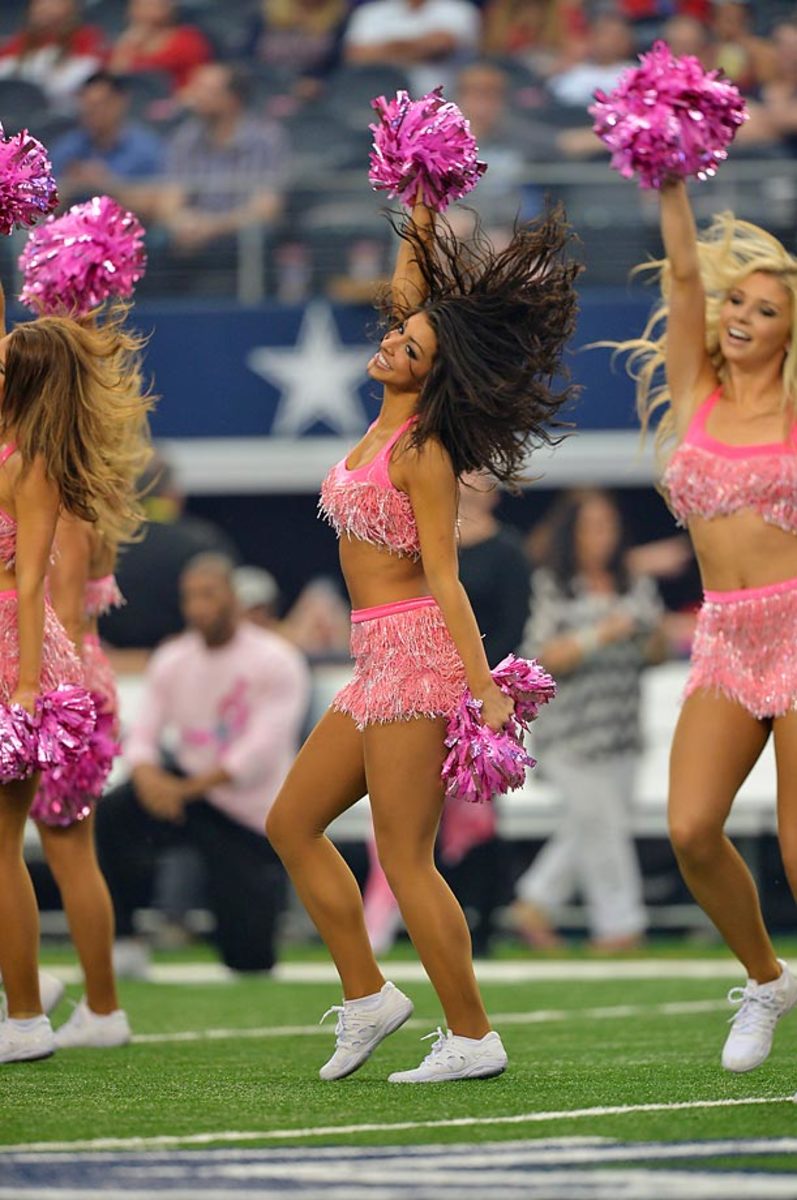
Dallas Cowboys
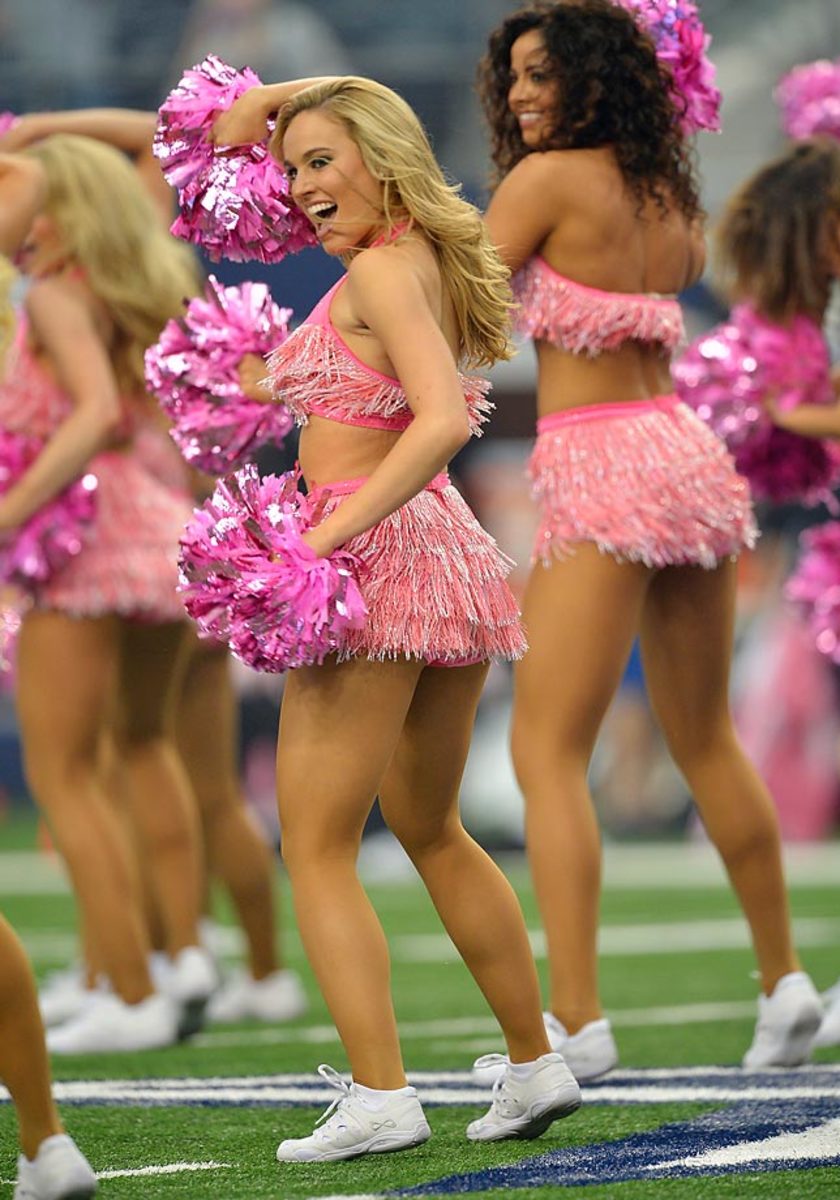
Dallas Cowboys
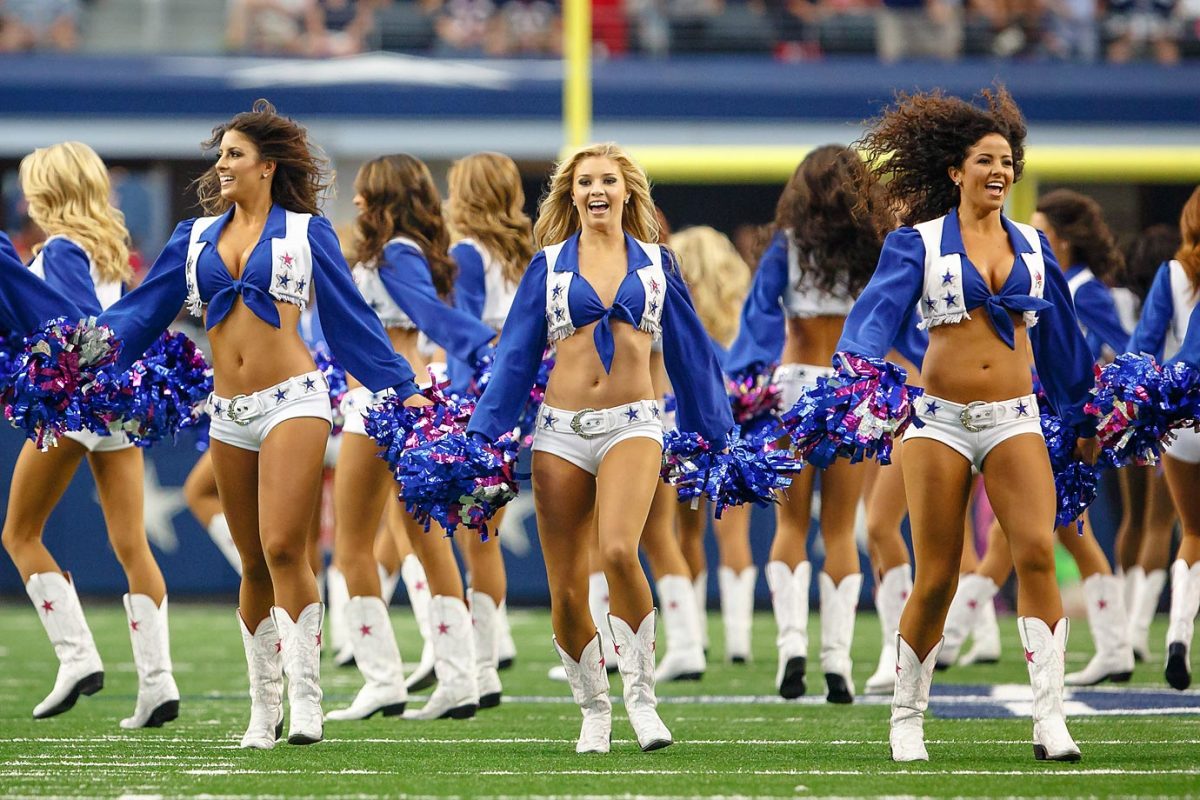
Dallas Cowboys
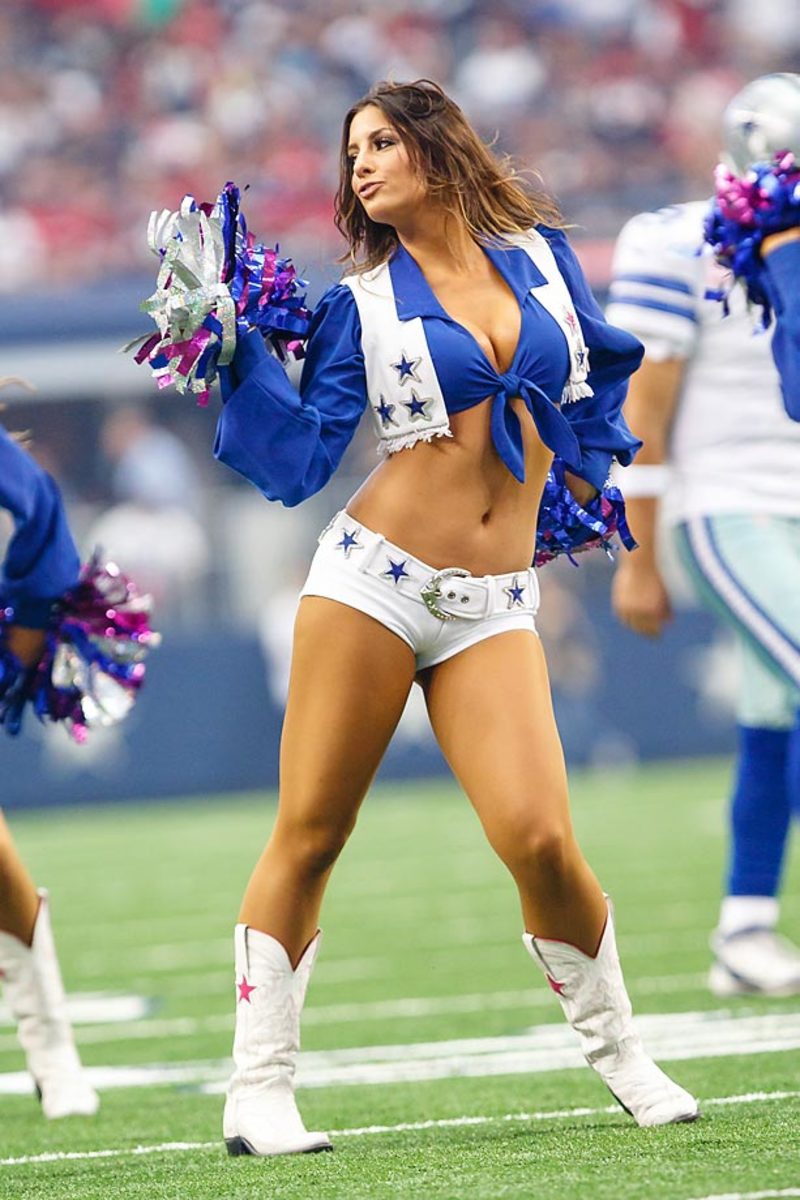
Dallas Cowboys
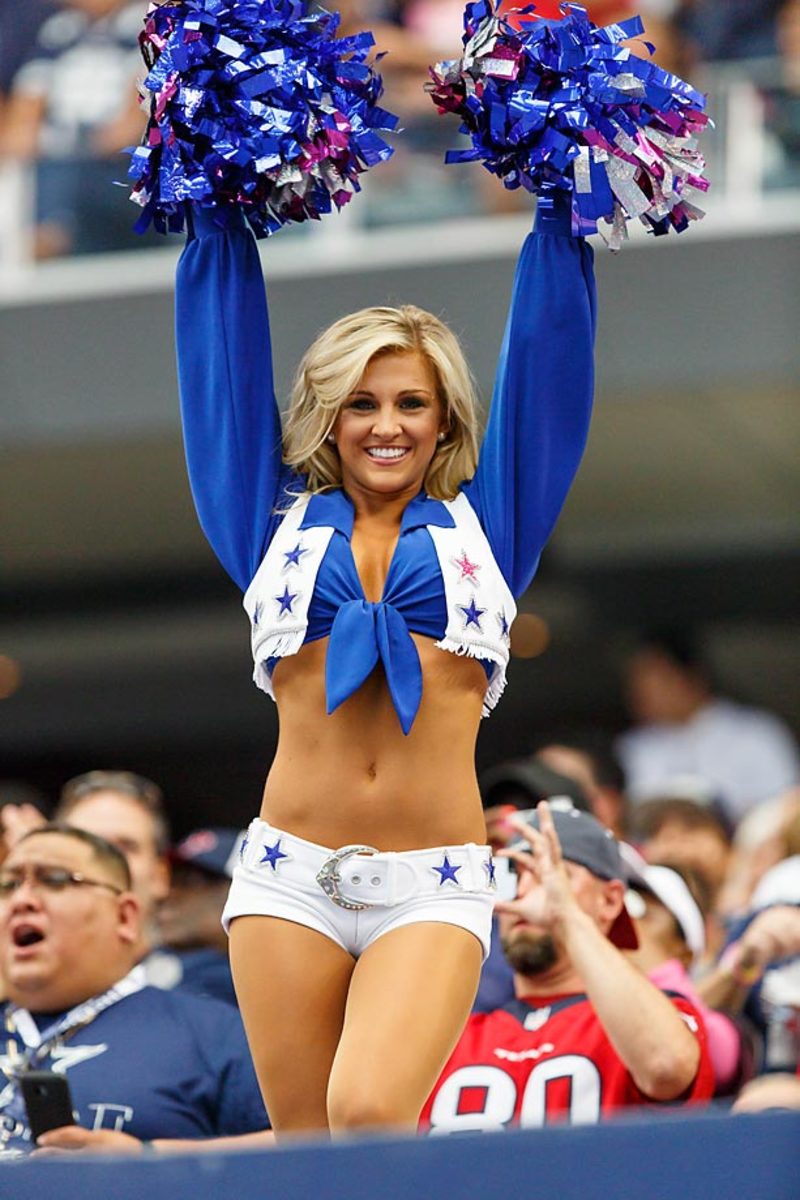
Dallas Cowboys
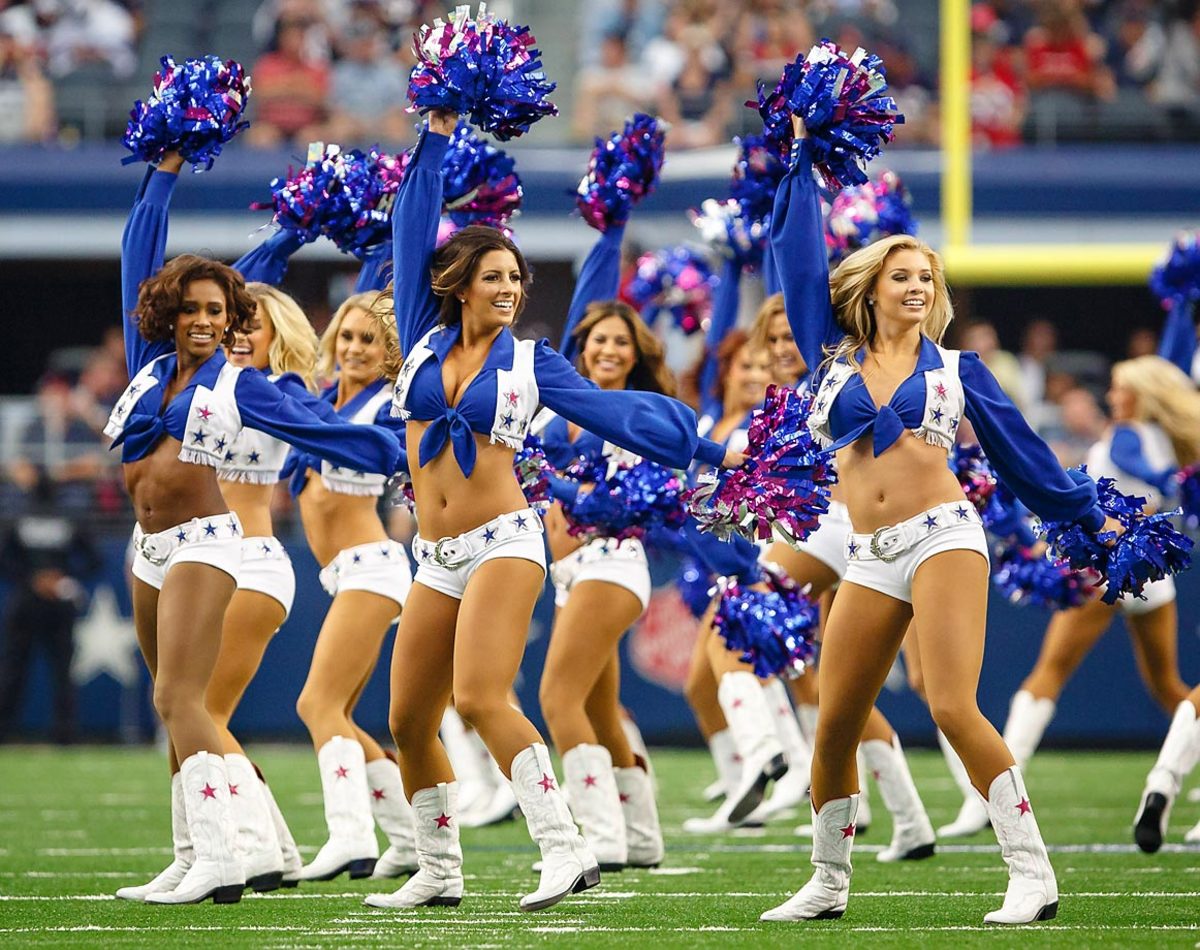
Dallas Cowboys
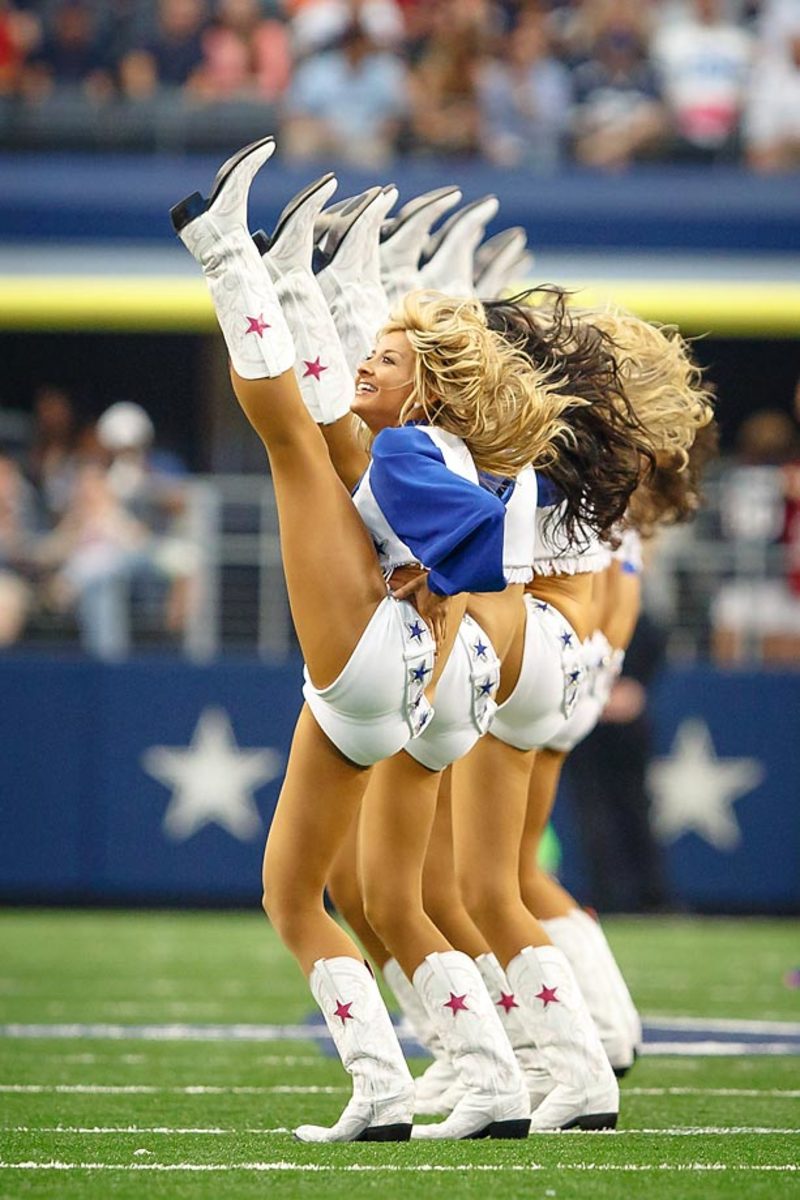
Dallas Cowboys
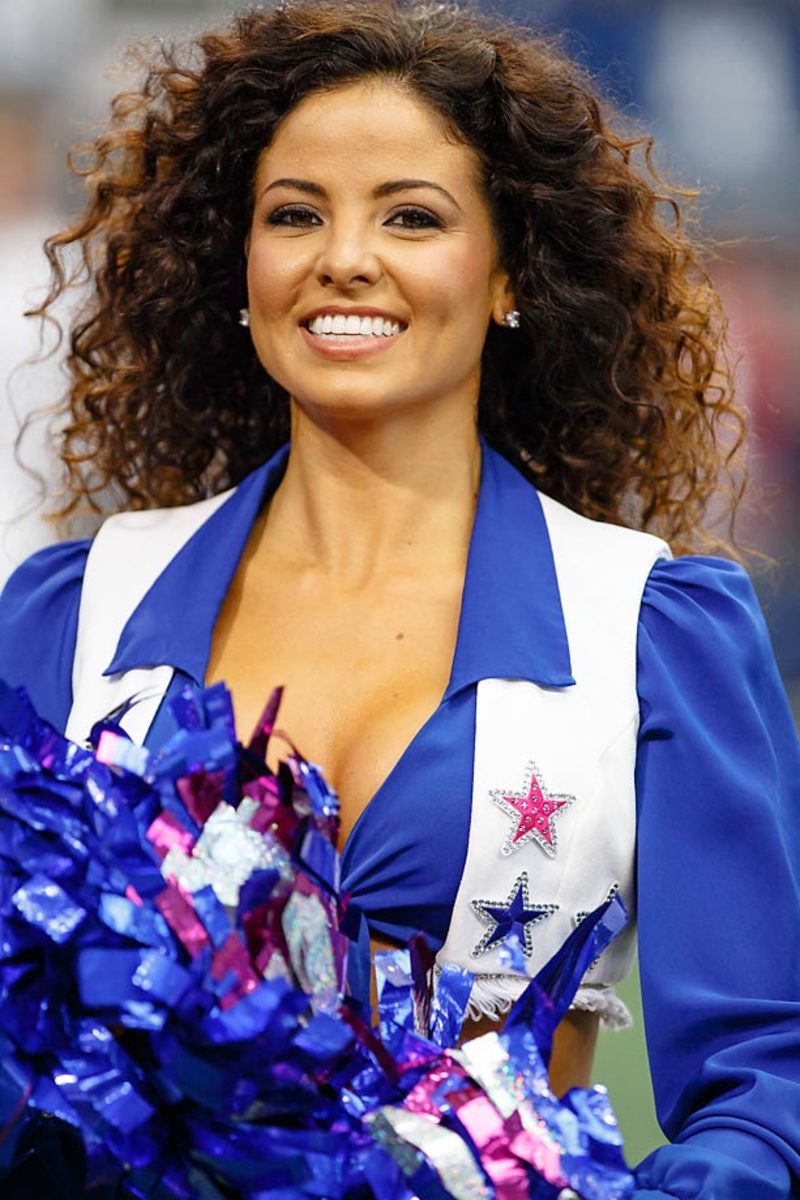
Dallas Cowboys
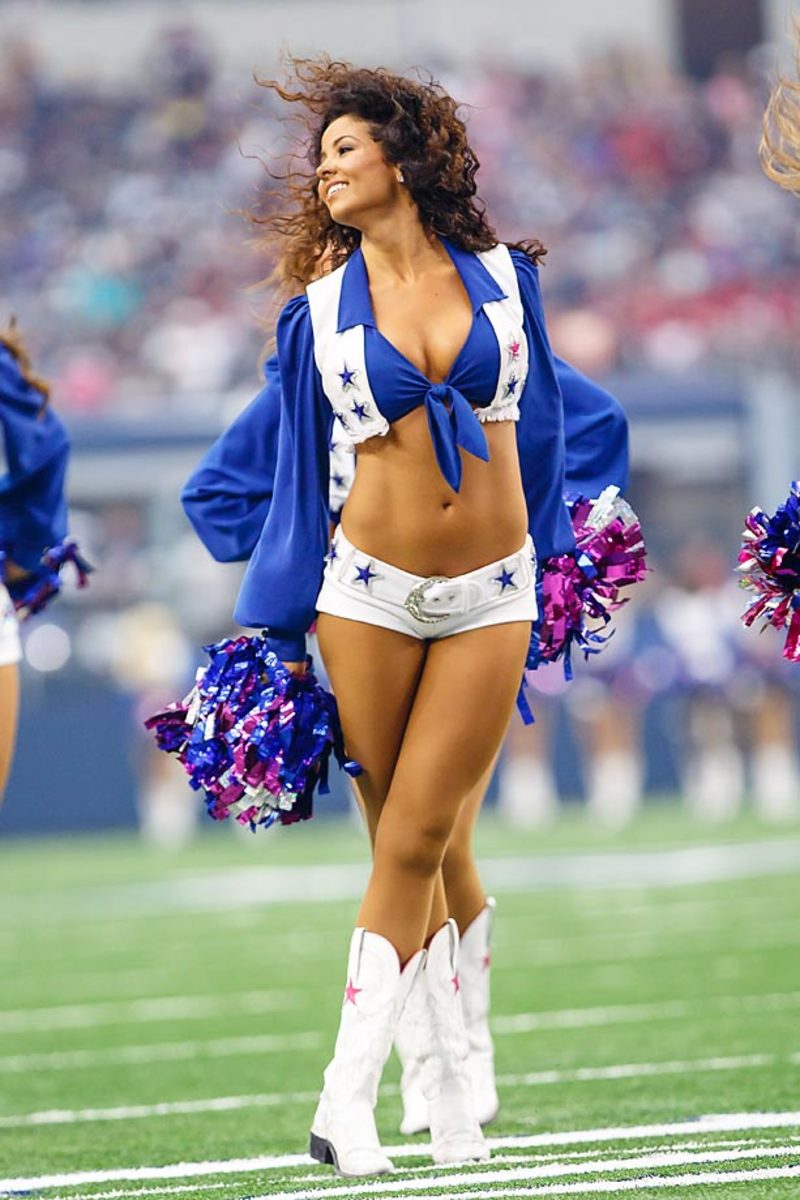
Dallas Cowboys
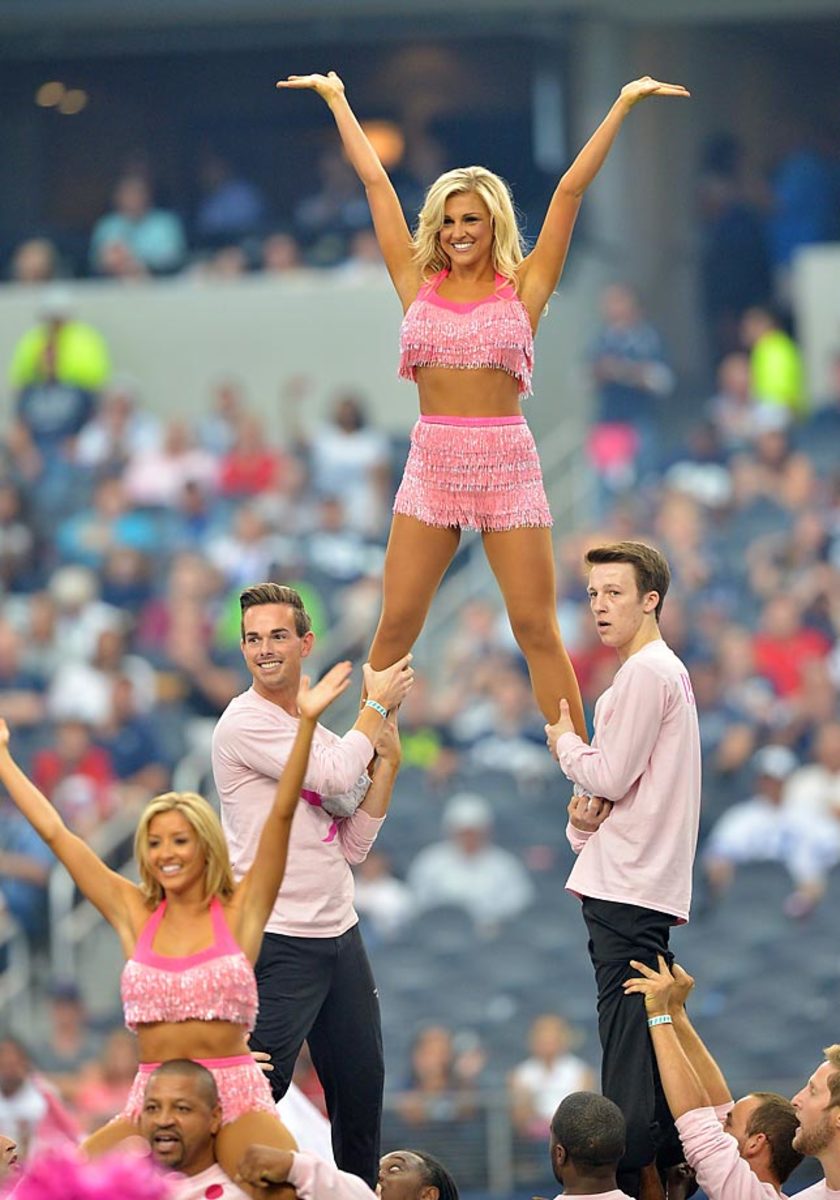
Dallas Cowboys
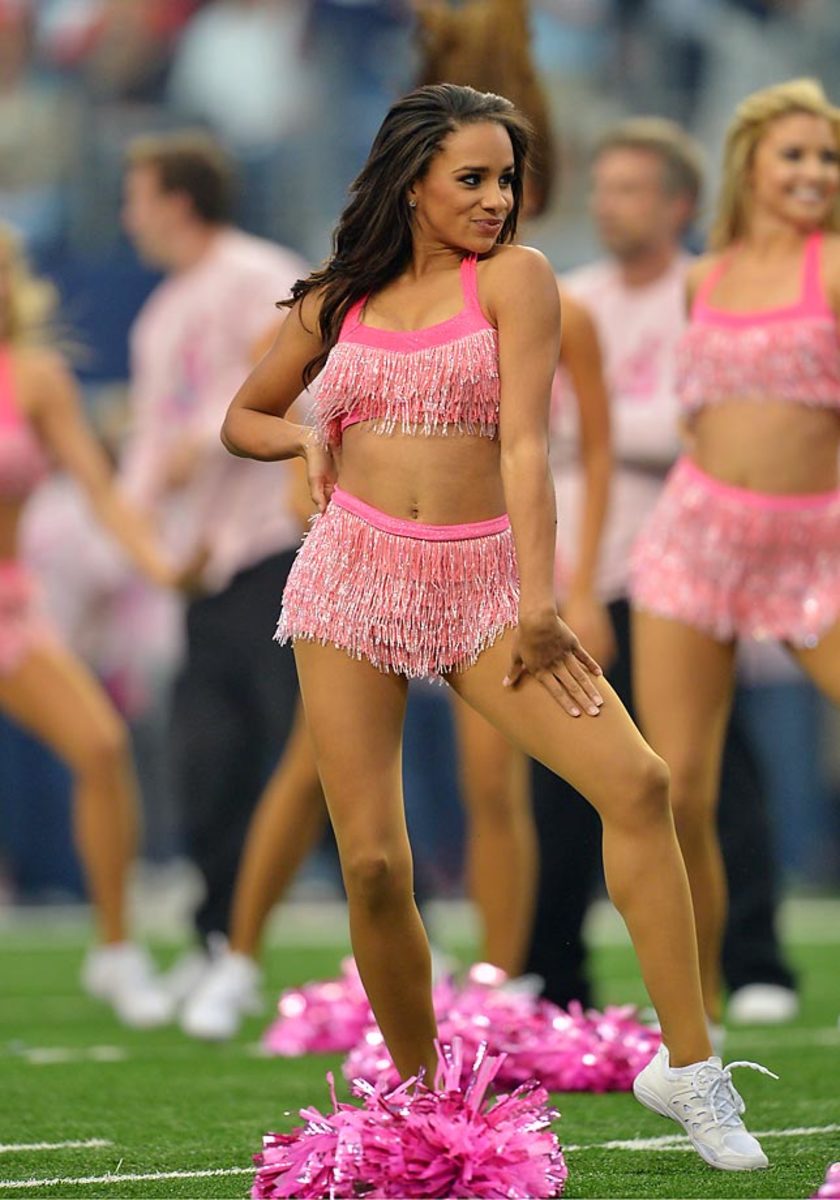
Dallas Cowboys
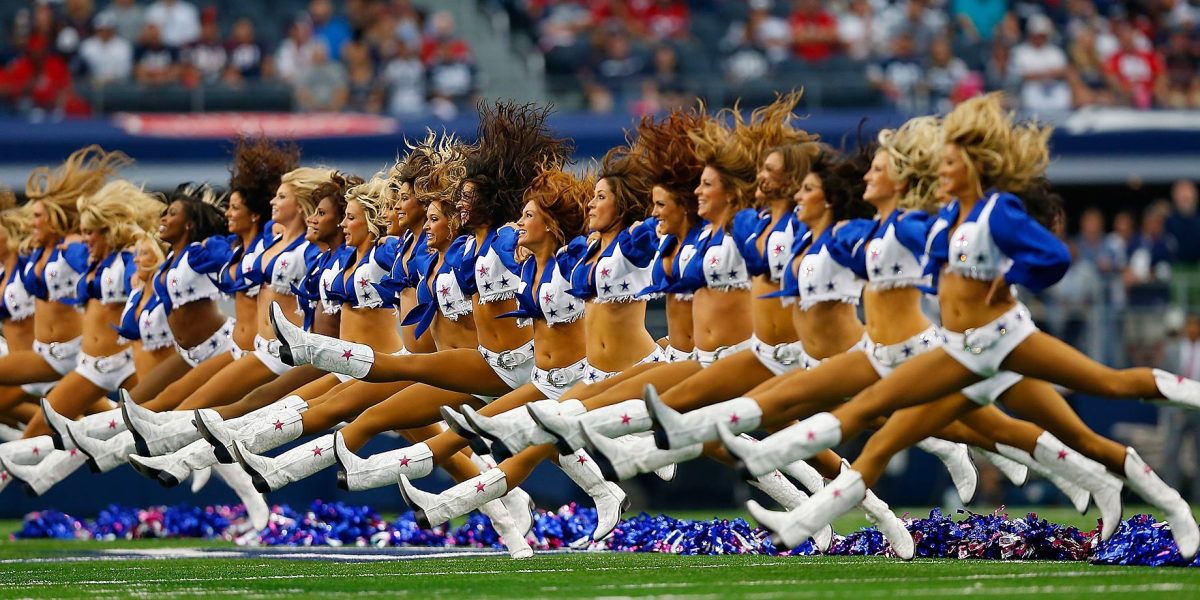
Dallas Cowboys
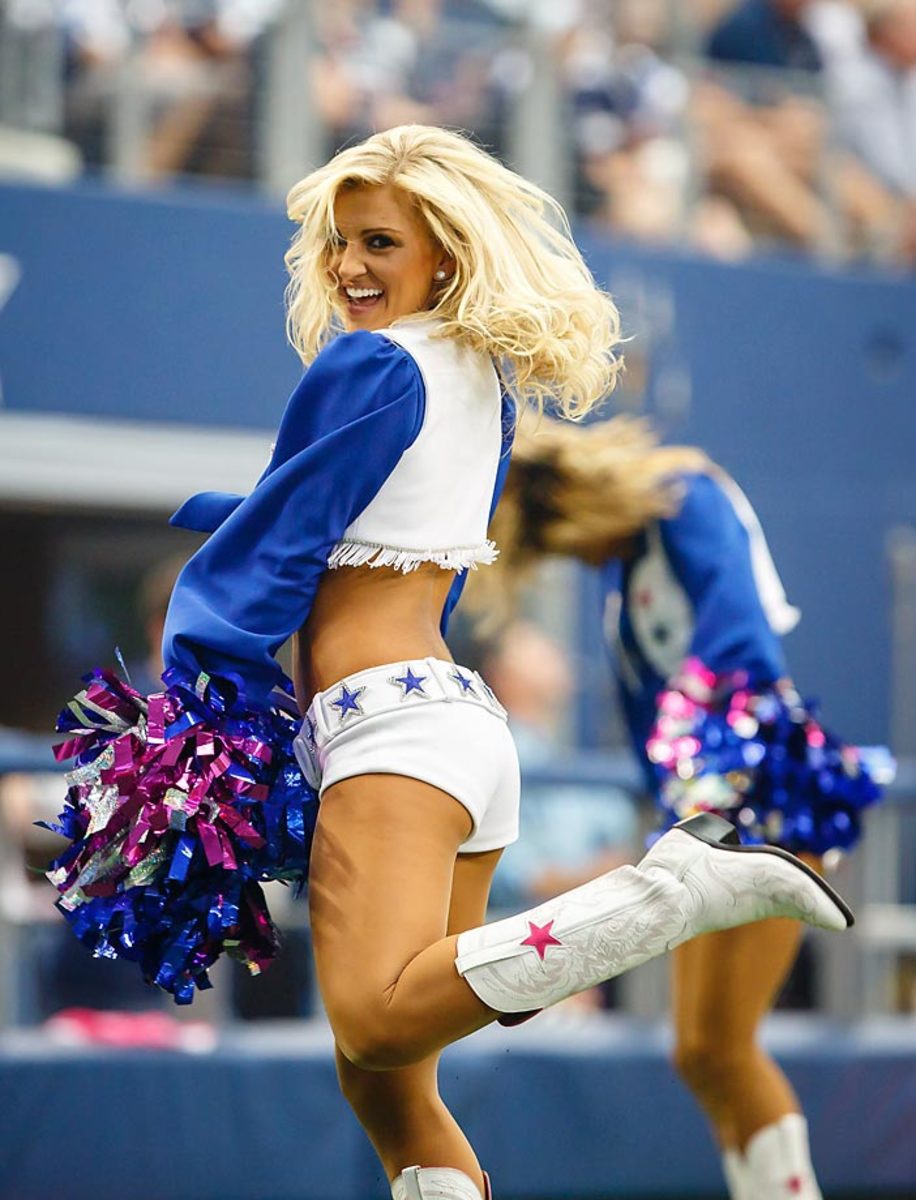
Dallas Cowboys
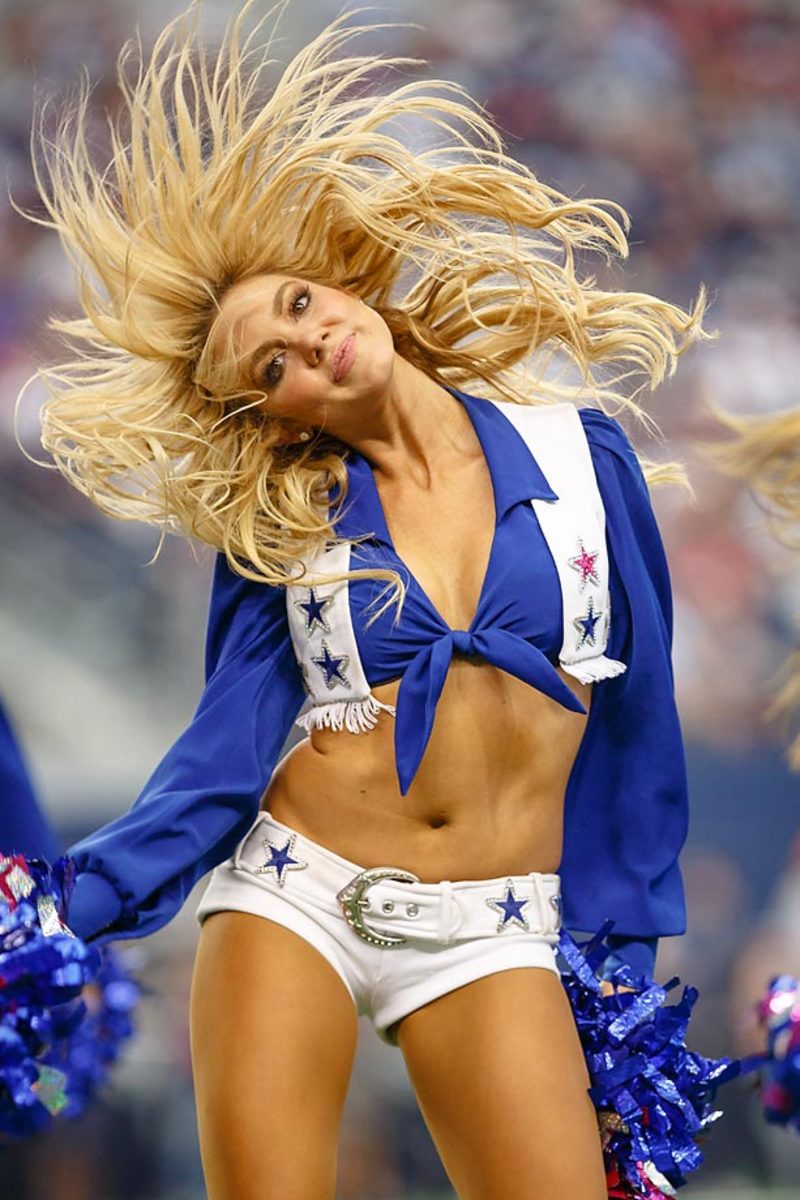
Dallas Cowboys
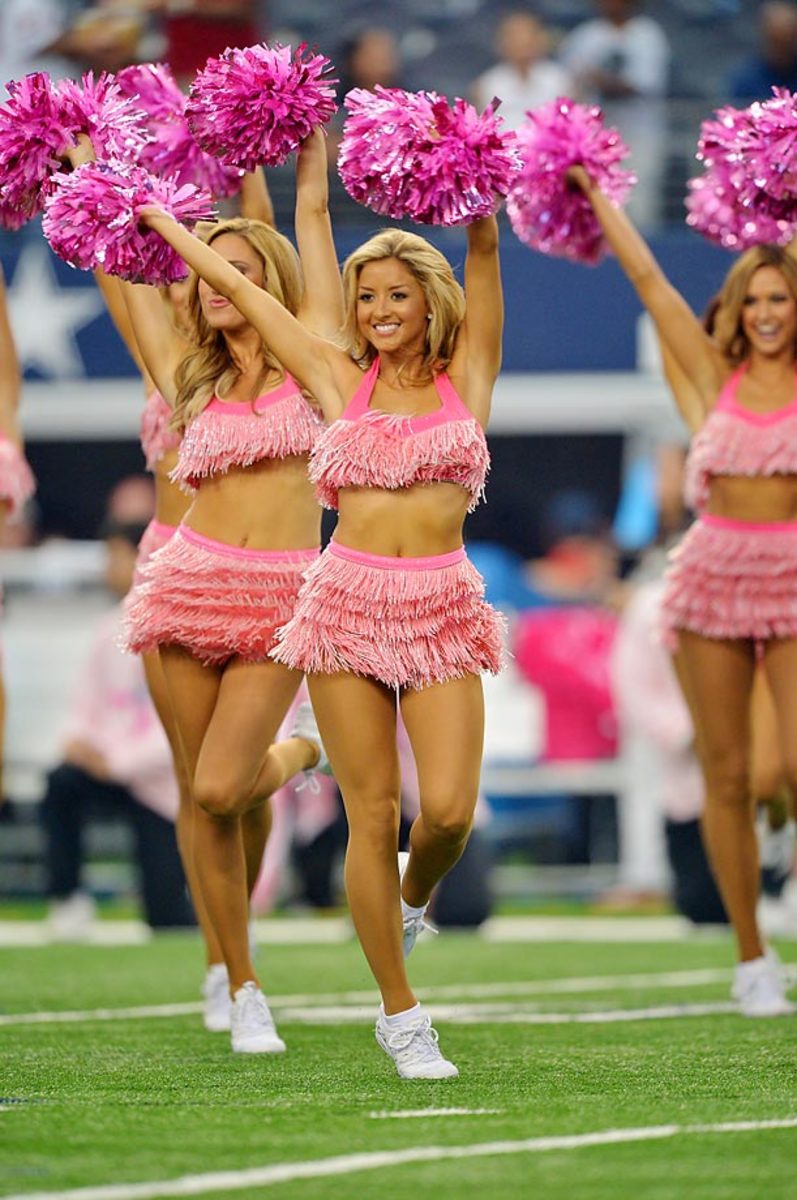
Dallas Cowboys
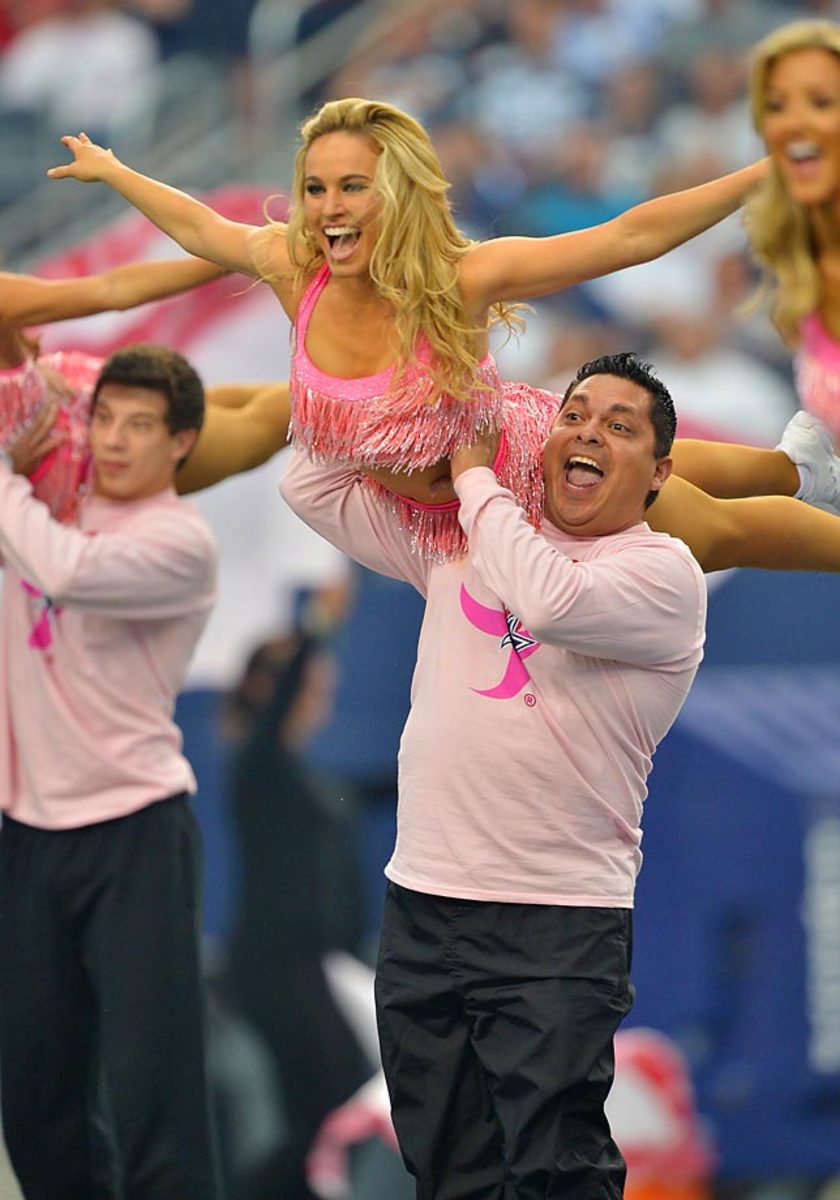
Dallas Cowboys

Denver Broncos

Denver Broncos
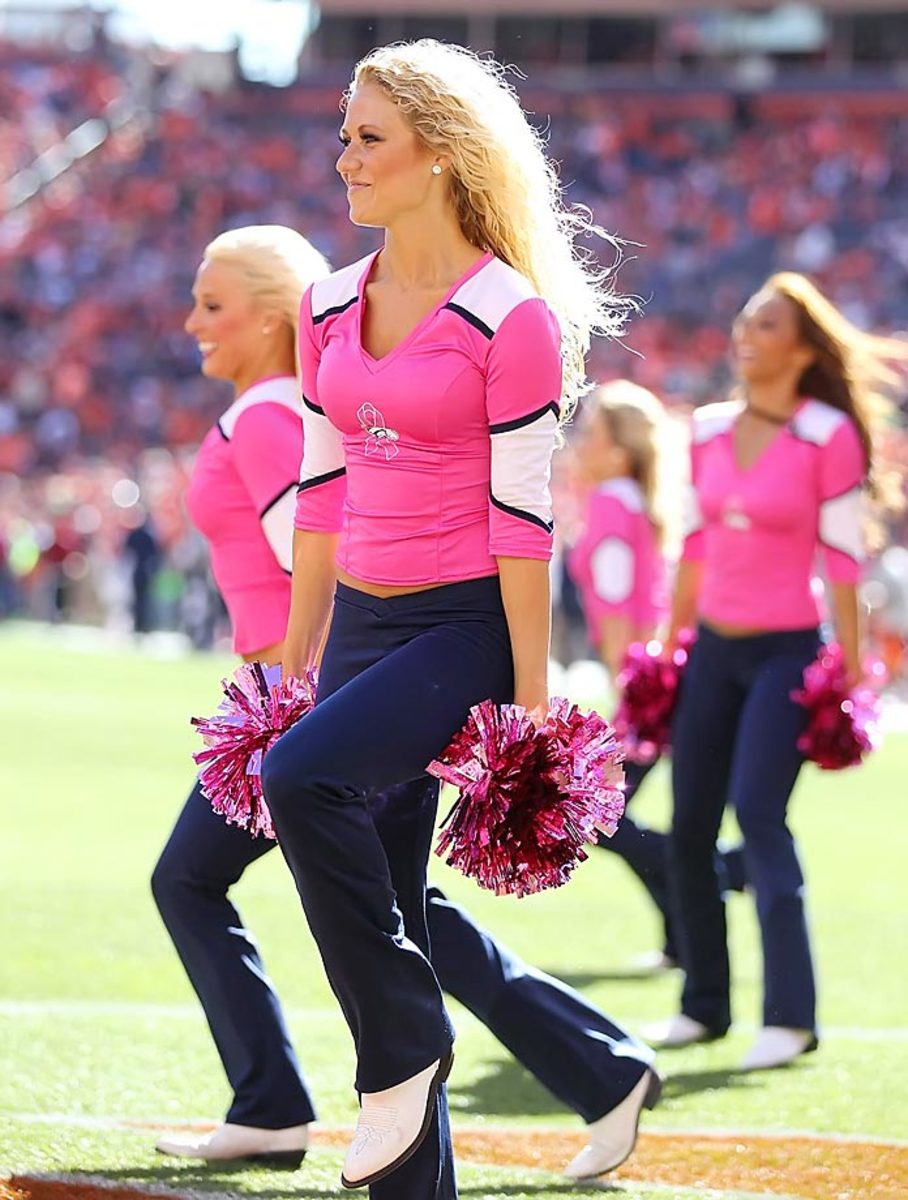
Denver Broncos

Denver Broncos

Denver Broncos

Denver Broncos
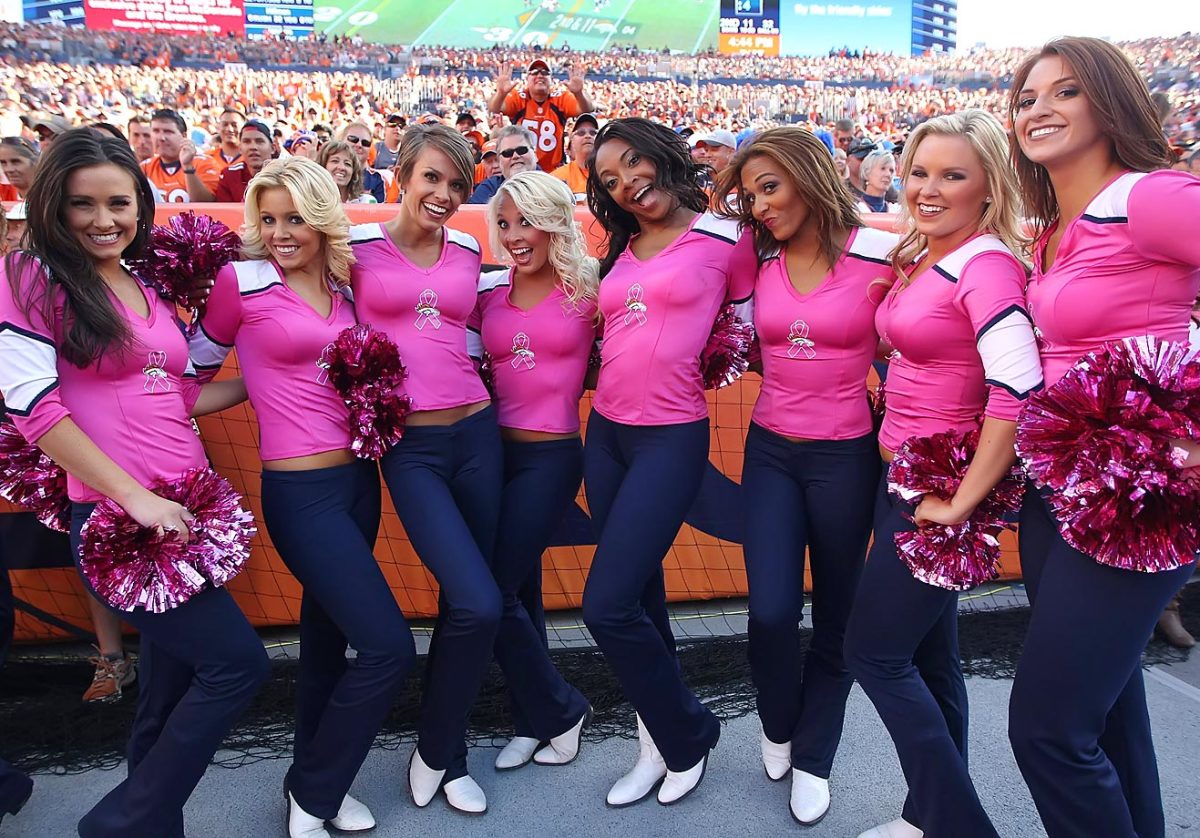
Denver Broncos

Denver Broncos

Denver Broncos

Denver Broncos

Denver Broncos
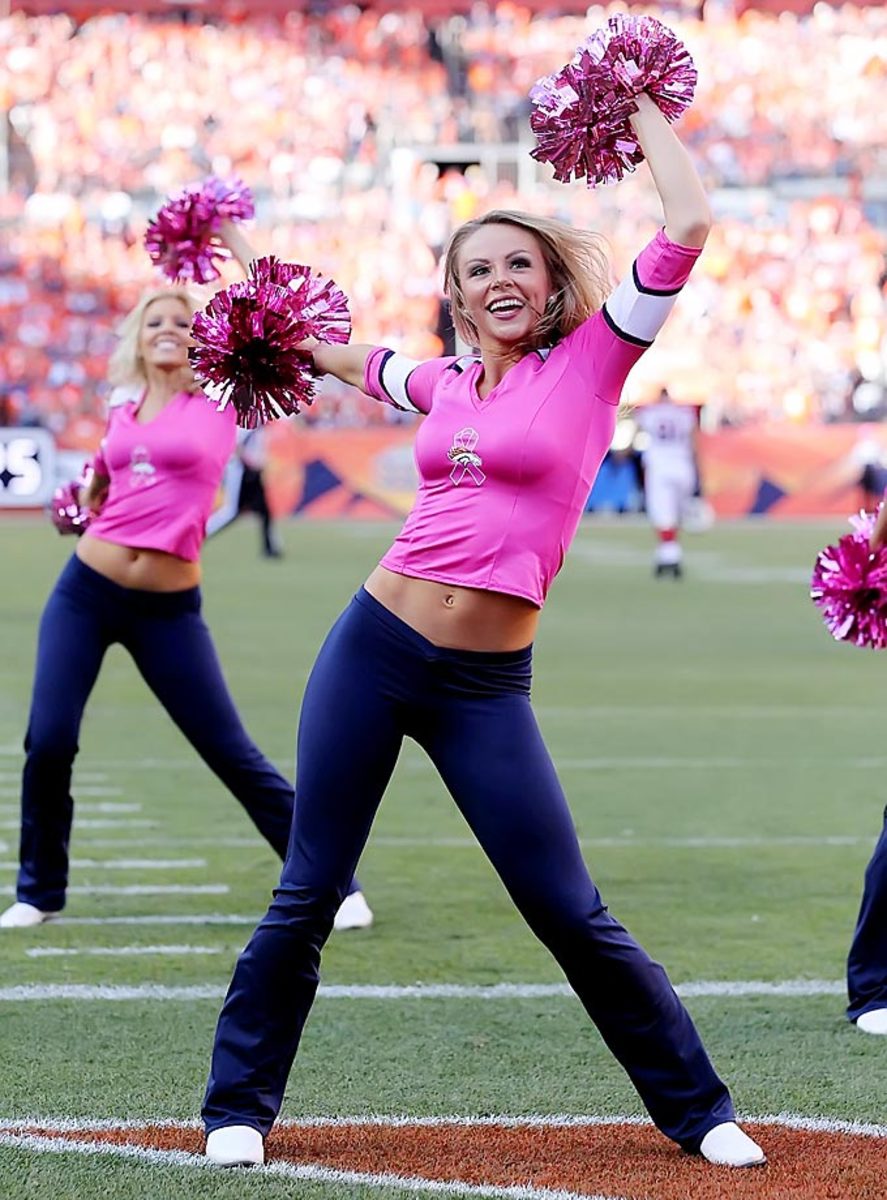
Philadelphia Eagles
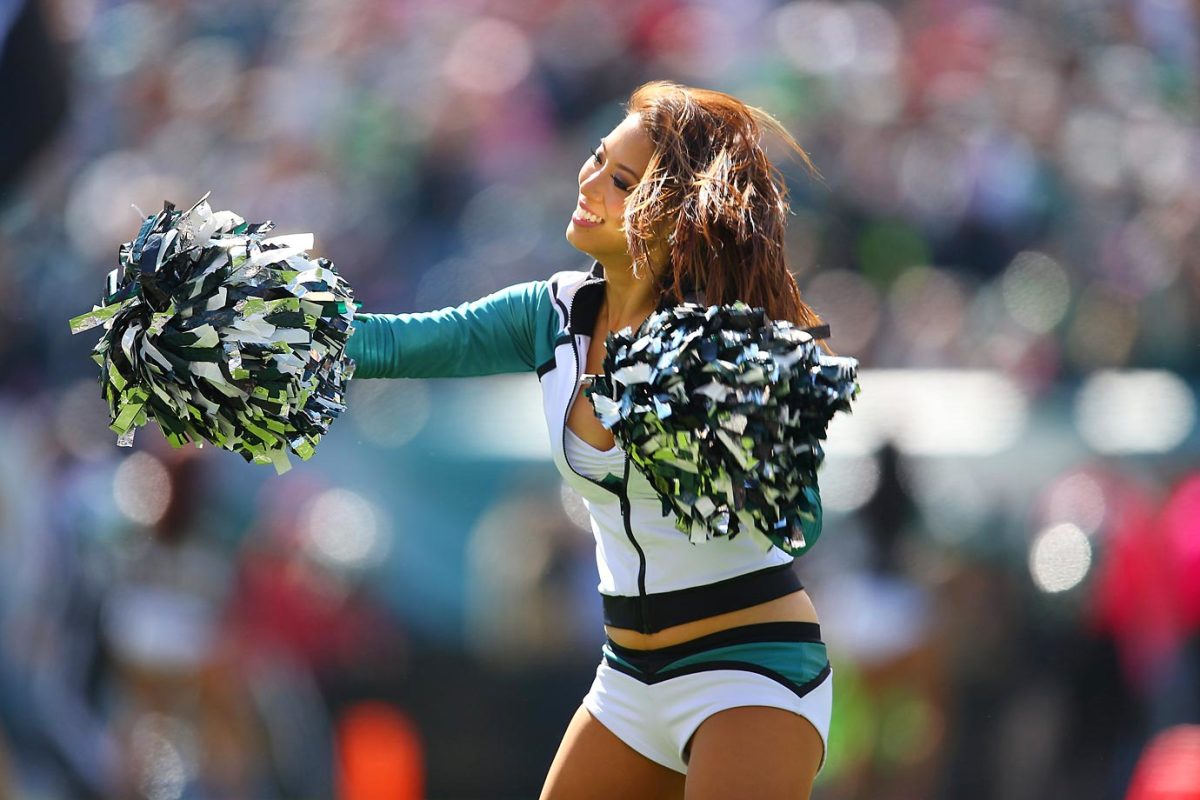
Philadelphia Eagles

Jacksonville Jaguars

The Roar of the Jaguars
Carolina Panthers
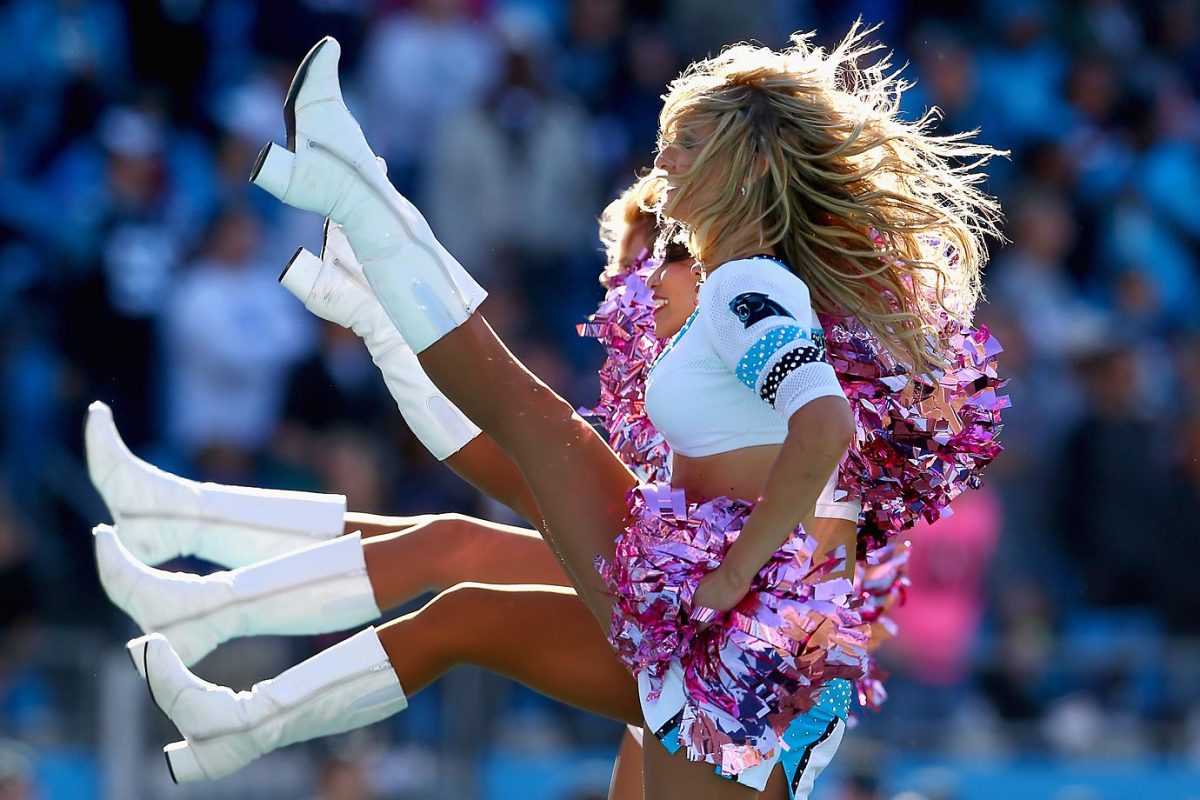
Topcats
Carolina Panthers
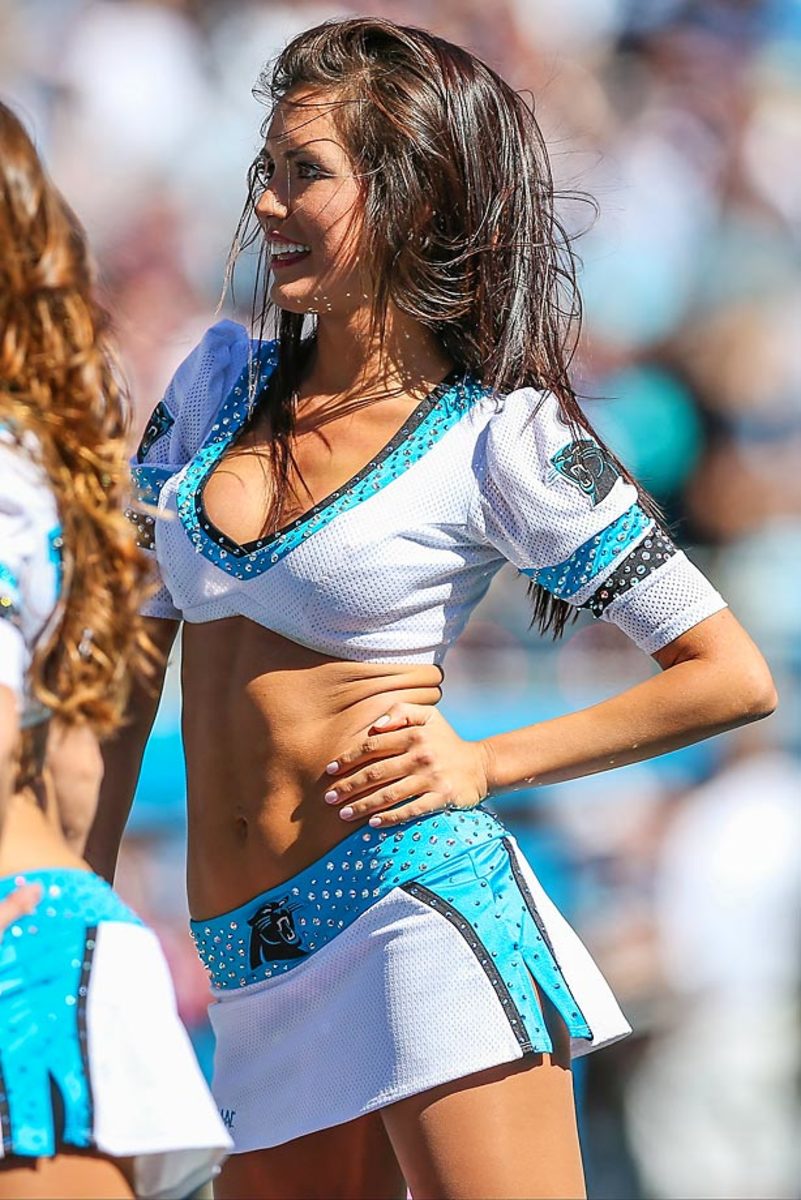
Topcats
Carolina Panthers
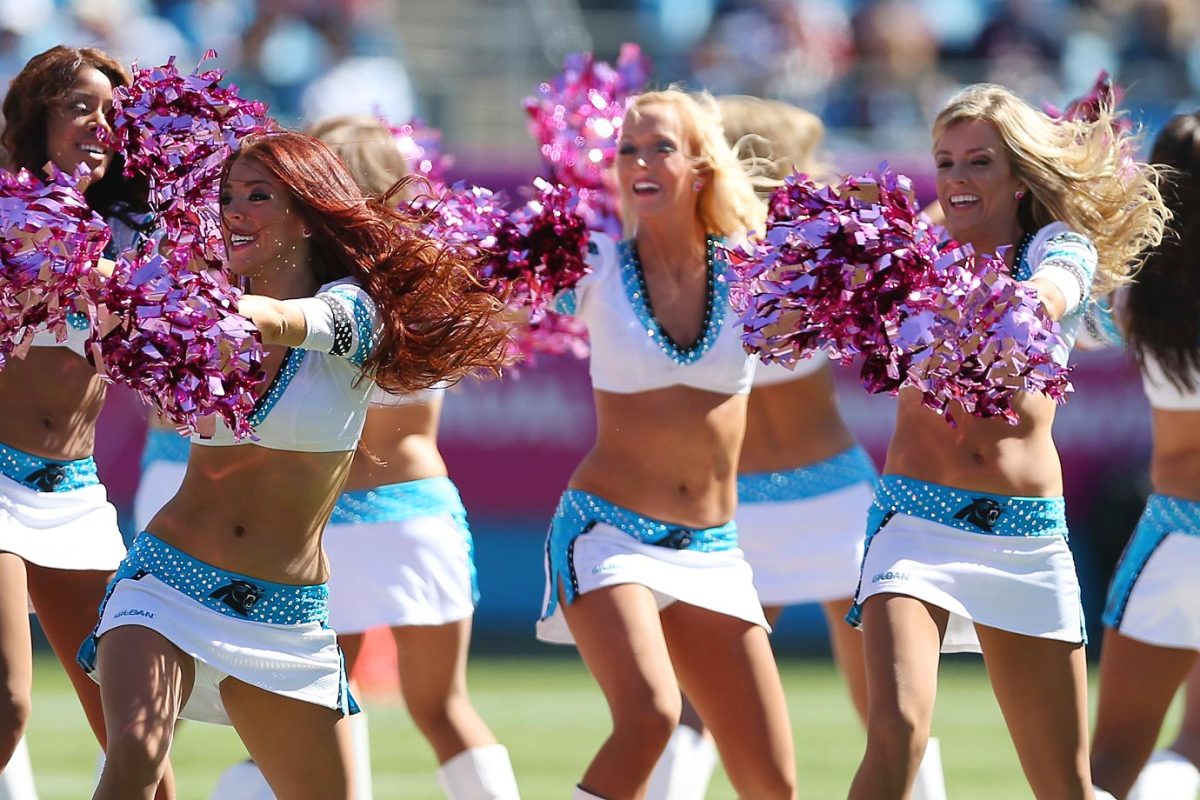
Topcats
New England Patriots
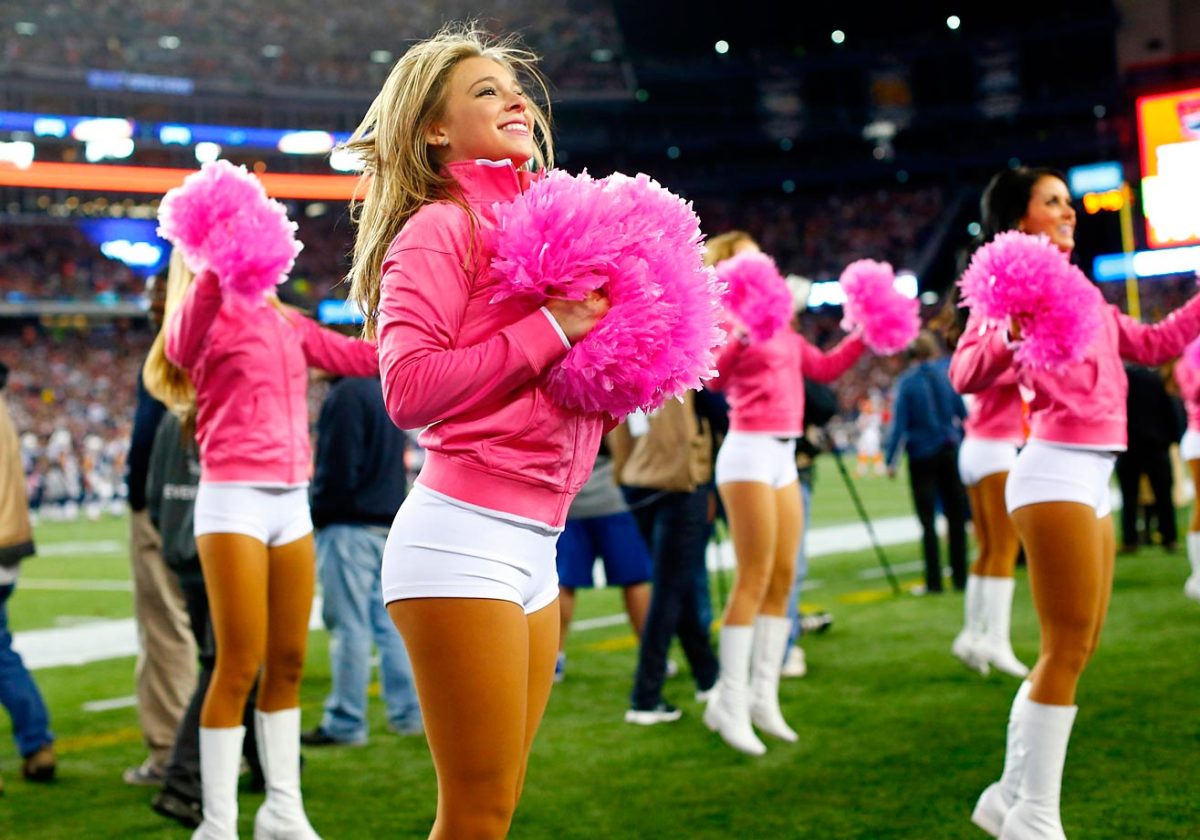
New England Patriots
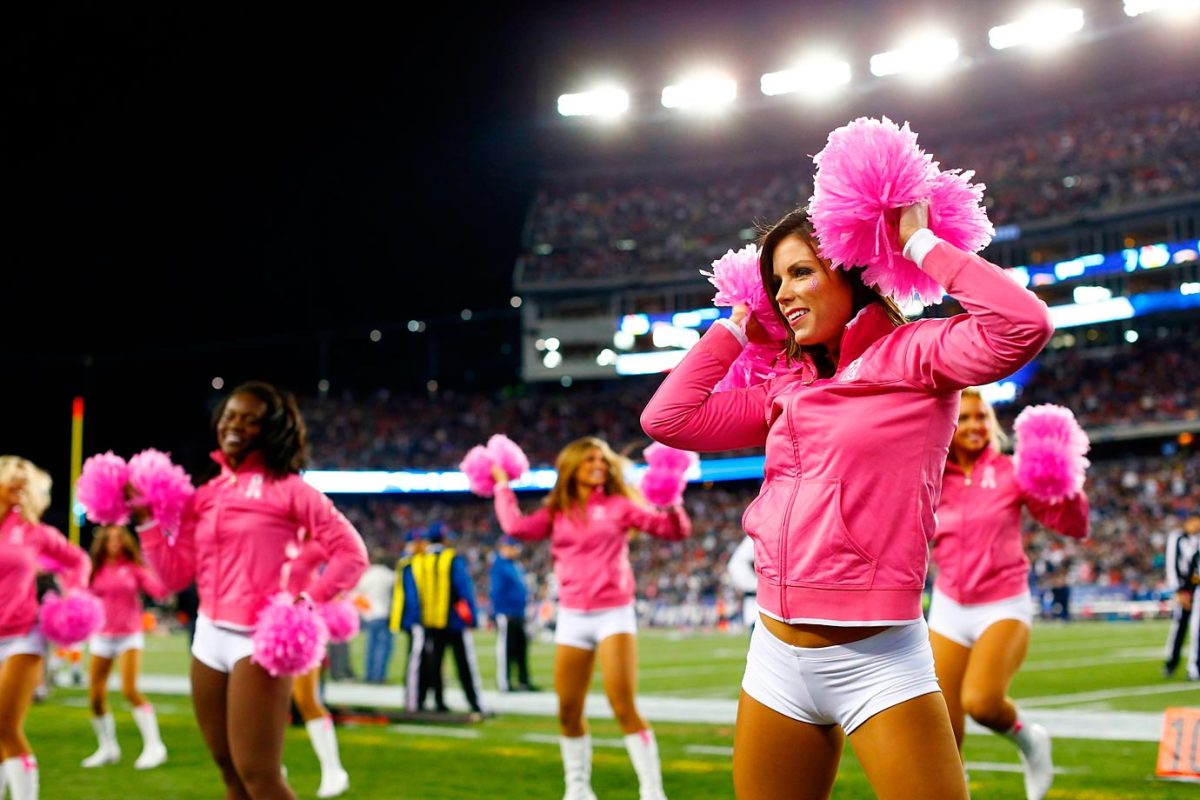
New Orleans Saints

Saintsations
Tennessee Titans
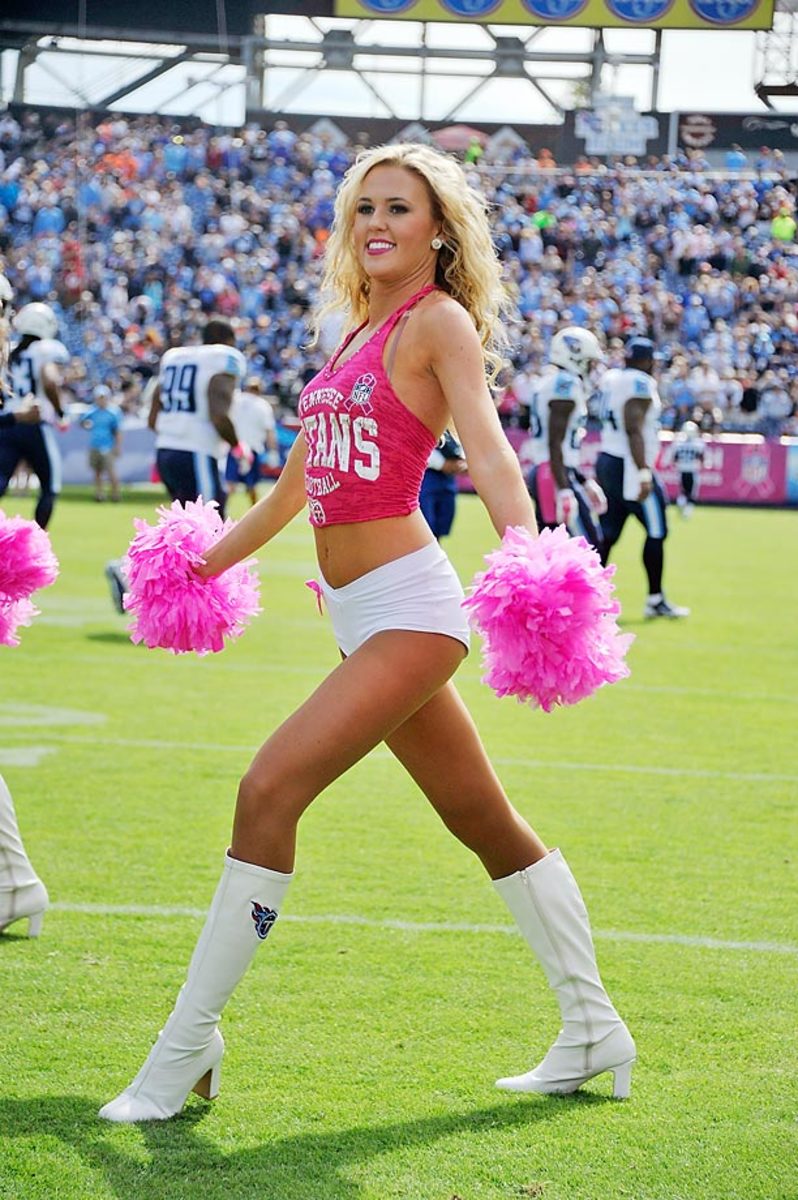
Tennessee Titans
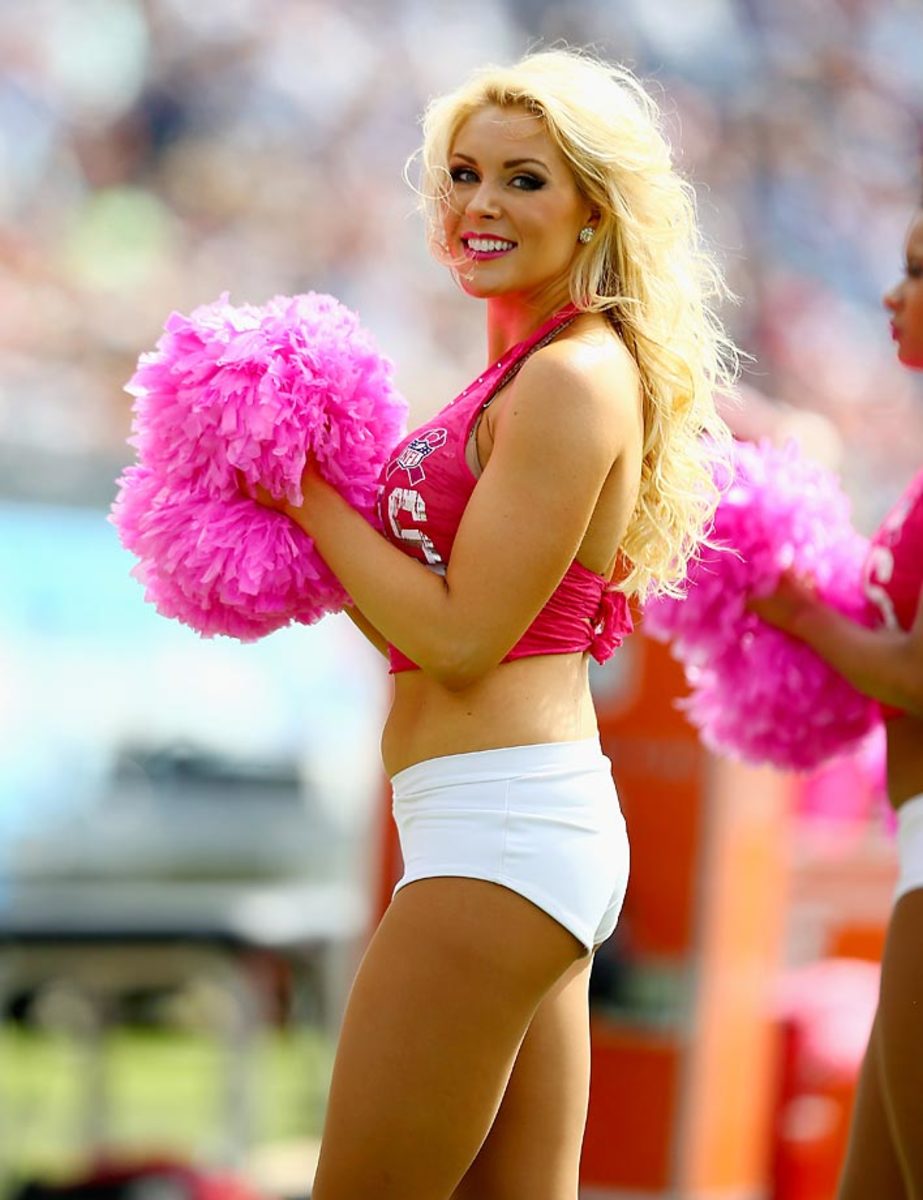
Washington Redskins

Washington Redskins
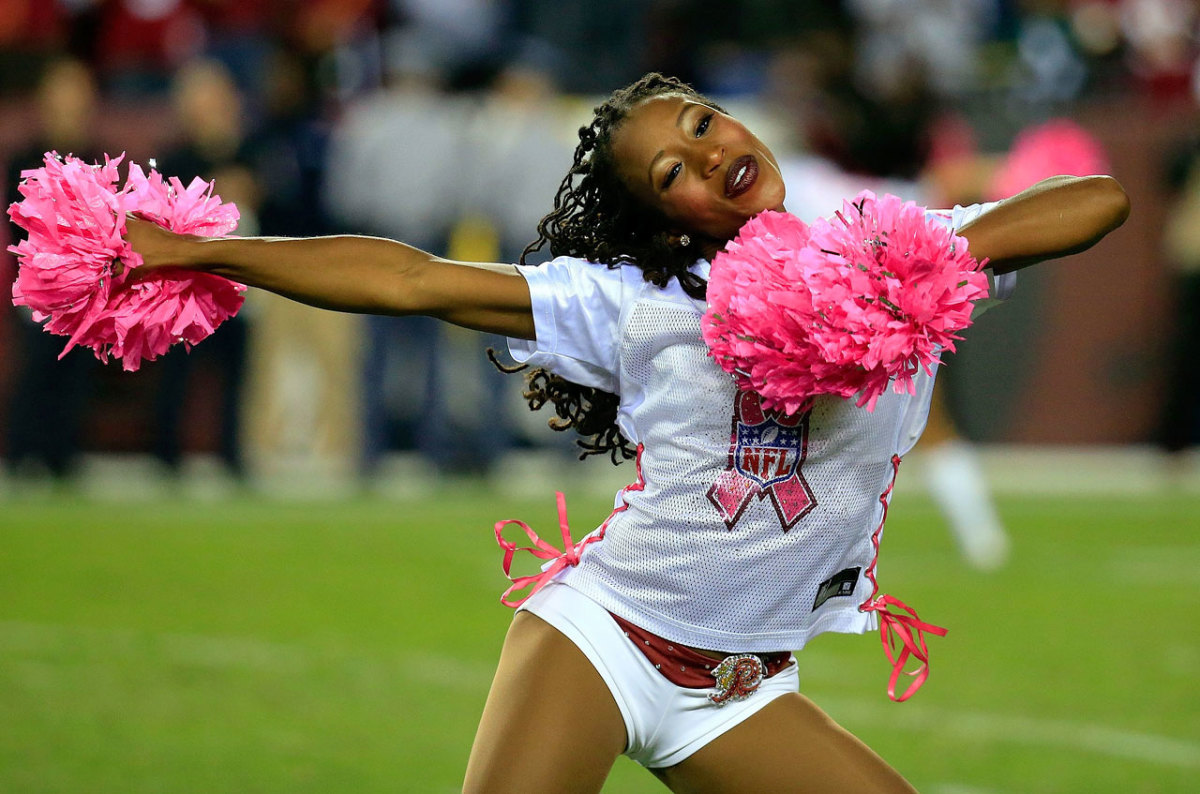
Staubach passed for 22,700 yards before the NFL became a passing league. He rushed for 2,264 yards before coaches designed plays for quarterbacks to scramble. He led the Cowboys to 15 fourth-quarter comebacks and 23 game-winning drives, which earned him the moniker Captain Comeback, and because he played for America’s Team in Dallas, he was called America’s Quarterback as well.
He is even credited with introducing the term Hail Mary into the sports lexicon, after his last-second, 50-yard touchdown strike to Drew Pearson beat Minnesota in the 1975 playoffs. After that game, Staubach told reporters he closed his eyes and “said a Hail Mary.”
Staubach believes he could have played another couple of years at a high level, but he walked away. He worried little about the transition. The landscape was different then. The money too.
Besides, his second career had already started.
In 1971, during the off-season before Staubach was named NFL MVP, he went to work for Henry S. Miller Jr., a Dallas real estate titan. Staubach and his wife, Marianne, had three young children. (They would eventually have five.) He needed the extra cash.
Miller hired Staubach for his insurance division. Staubach obtained his license and sold life insurance to companies. He worked on commission at first so that he could practice with teammates in the afternoons.
That season the Cowboys won Super Bowl VI, beating the Dolphins 24–3. He collected that station wagon and a $15,000 bonus from the team. As he and Marianne left New Orleans, she asked her husband what he planned to do next. Work, he said. By the time they arrived back in Dallas, Miller had sent over a telegram. “Congratulations on winning the Super Bowl,” it read. “And by the way, you’re promoted to vice president.”
Miller reminded Staubach of Landry. Both men were methodical in business, maniacal in preparation. Their drive reminded the QB of his parents. His mother worked as a secretary at General Motors in the Chevrolet division. His father sold shoes and leather.
In 1977, after six years of apprenticeship under Miller, and two years before ending his playing career, Staubach opened his own shop. He didn’t want to name the company after himself, says Ka Cotter, a longtime business associate, but eventually he was persuaded to do so. Thus the Staubach Company was born.
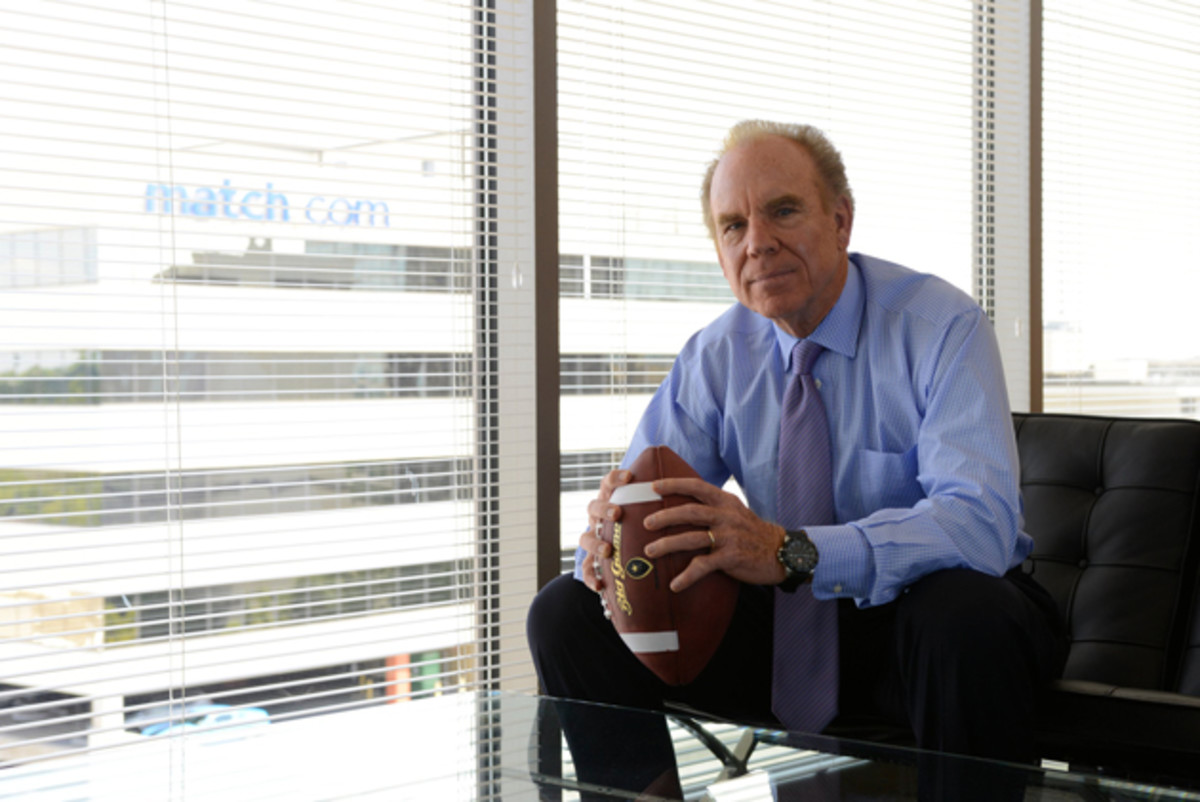
The name helped early on, particularly in Dallas. “I saw a lot of grown men look real foolish,” Cotter says, “just fawning over him.” But the name alone did not close deals. In fact, it shut down a few of them. “Whenever someone hung up on me in Washington, D.C., I’d blame it on the fact that they’re a Redskins fan,” Staubach says. One day, after he opened an office in Washington in 1985 that shared space with other businesses in the building, a “Staubach sucks” could be heard echoing down the elevator shaft.
When Staubach retired from football, he planned a family vacation to coincide with the next training camp, and then he turned his full attention to real estate. His company was going against more established competitors, and after one meeting in which he remarked how young everybody looked, some brokers came back the next day with their hair dyed gray.
In 1974, while still working for Miller, Staubach had handled Xerox’s search for a space to relocate its office-product division to Dallas. He didn’t want to show them only Miller’s buildings, though; he wanted to show them all available buildings. That’s how he came, in ’77, upon representing tenants, not landlords, in commercial real estate transactions. This was, at the time, a new concept, practiced mainly in New York City. Now, it’s commonplace worldwide.
The tenant-rep strategy made Staubach rich. A company that had started small, with five employees and scant revenue, grew so large that by 2008 it had some 50 offices in North America and an employee base of more than 1,100. That year, in order to expand the business internationally, Staubach sold it to JLL, then known as Jones Lang LaSalle, for almost $660 million. Staubach distributed 88% of the stock to more than 300 employees, then stayed on as executive chairman for JLL’s Americas division.
Yet he has always retained a personal touch. Whenever an employee wanted Staubach to make a call, to use his name as a passkey, he required a sheet that listed information about the secretary he would speak with. It had to be good information, something personal, something he could use.
Former All-Pro safety Gary Fencik is now a star in the financial world
Staubach worked long hours and hardly took vacations. He scheduled business trips around visits to his children’s various colleges. One of his kids, Jeff, eventually went to work for him, and by then Staubach had been in real estate so long that Jeff, now 39, knew him as the businessman who always worked rather than the retired quarterback who had once been famous.
“I’m sure my childhood was a lot more normal than, say, it is for Peyton Manning’s kids,” Jeff says.
Staubach had opportunities to switch professions, slide into something more visible, or less strenuous. In 1988, Schramm asked Staubach to join a rival bid for the Cowboys, who ended up being purchased by an oil tycoon from Arkansas named Jerry Jones. Over the years, Staubach was approached to run for mayor of Dallas, governor of Texas and for the U.S. Senate. George W. Bush asked him to become Secretary of the Navy.
But Staubach is a man of demonstrated loyalty. He honored his Navy commitment even though it delayed his NFL debut. He played his entire first career in one place and has stayed in his second career for more than four decades. “I’ve always stuck to the things I said I was going to do,” he says.
Staubach used to keep an empty mortar shell in his office to remind him of his stint as a supply officer in Vietnam, all those afternoons when he took cover in a bunker, his head buried in the dirt. Business felt that way sometimes.
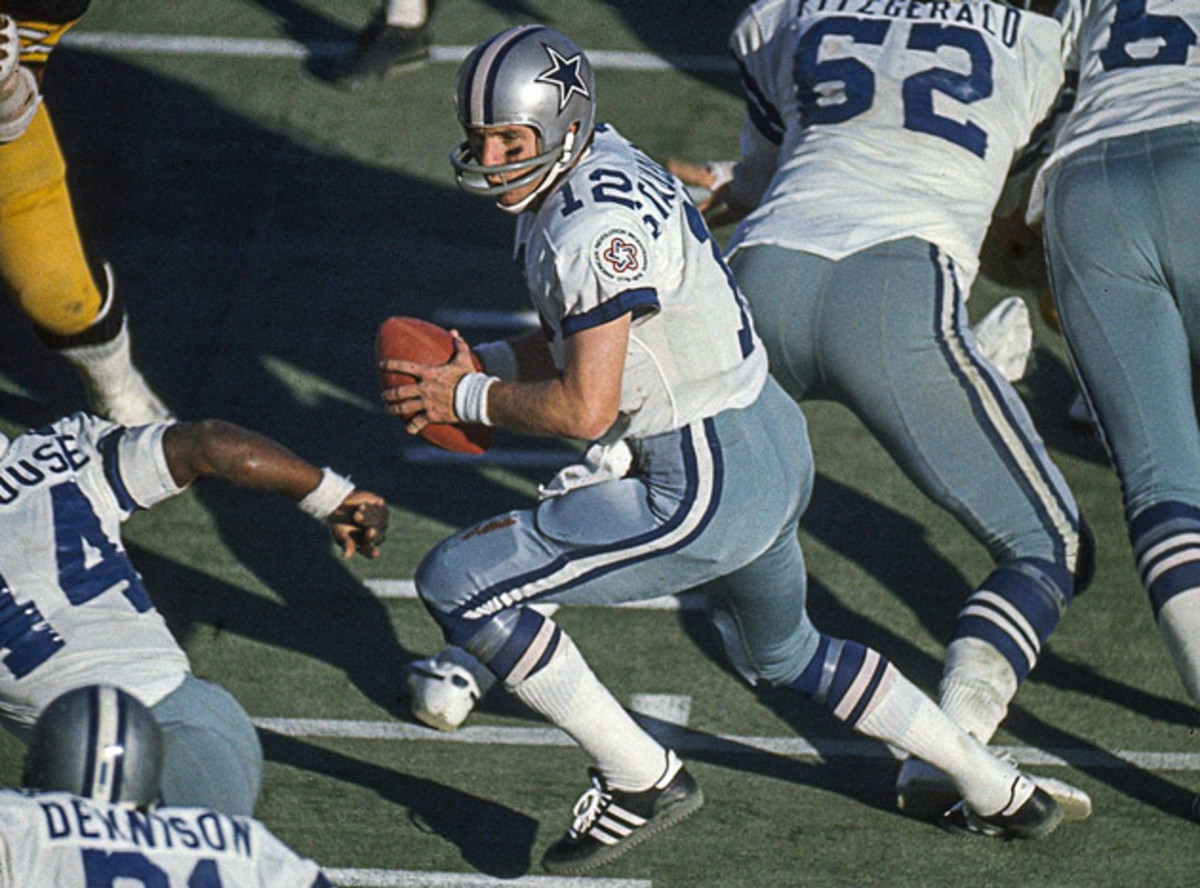
The scars from football remain: surgeries on both shoulders and two fingers, another to repair a meniscus tear in his knee (that he hurt playing flag football, of all things), another procedure on his back. But Staubach works out six days a week, and so far he feels no impact from all the concussions he suffered. “He’s in as good a shape as any 72-year-old in the world,” Jeff says.
Of Staubach’s 15 grandchildren and one great-grandchild, only one plays tackle football. It’s Jeff’s 11-year-old son. Staubach doesn’t hold any ill will toward the league, but Jeff says, “If it were up to my dad, my father-in-law and my wife, our son wouldn’t be playing.” Concern runs in the family. Staubach’s own mother used to clutch rosary beads when she watched him play.
Staubach could retire, play more golf, spend more time with the family and reflect on his life beside one of Dallas’s many man-made lakes. Anyone who thinks that, though, never met Roger Staubach. He is said to have two hobbies: his grandchildren and his work, neither of which are hobbies, really.
“He’s not going to hunt,” Jeff says. “He’s not going to fish. It’s family and real estate. He has spent a lot more of his life in real estate than football. His success there is a lot more rare than what he did in football, too.”
His father rises from a seat in a conference room near his office. Staubach is still laughing about that Manziel commercial, but he has run out of time to talk. No more stories. No more business insight.
His 3 o’clock is waiting.
